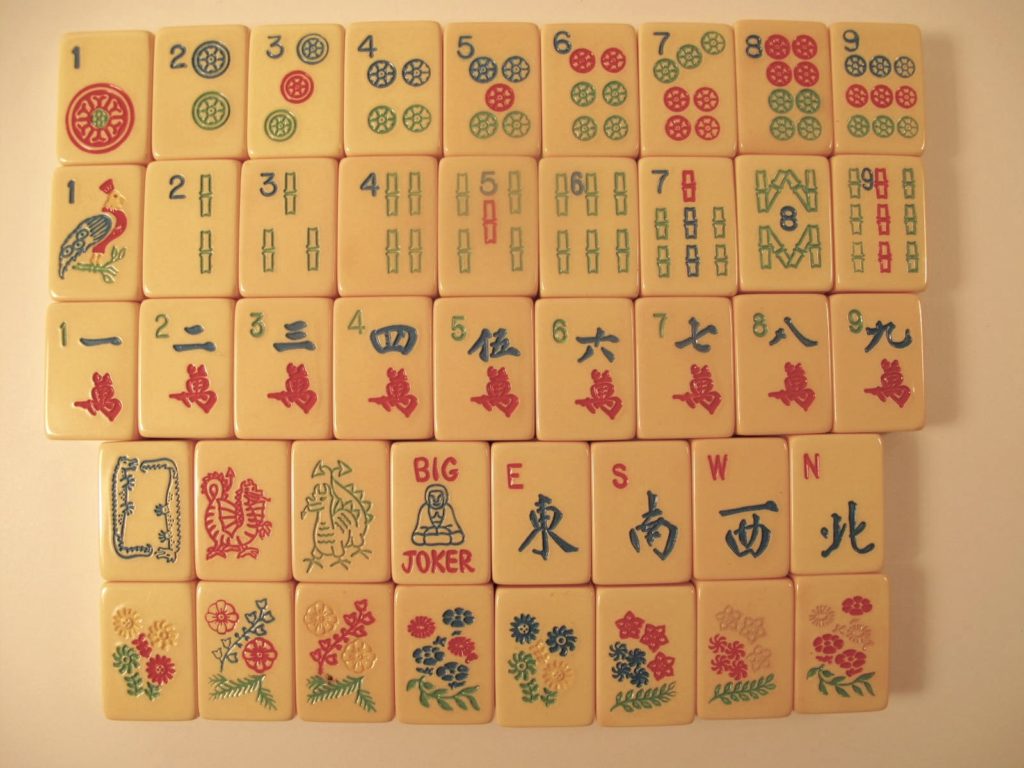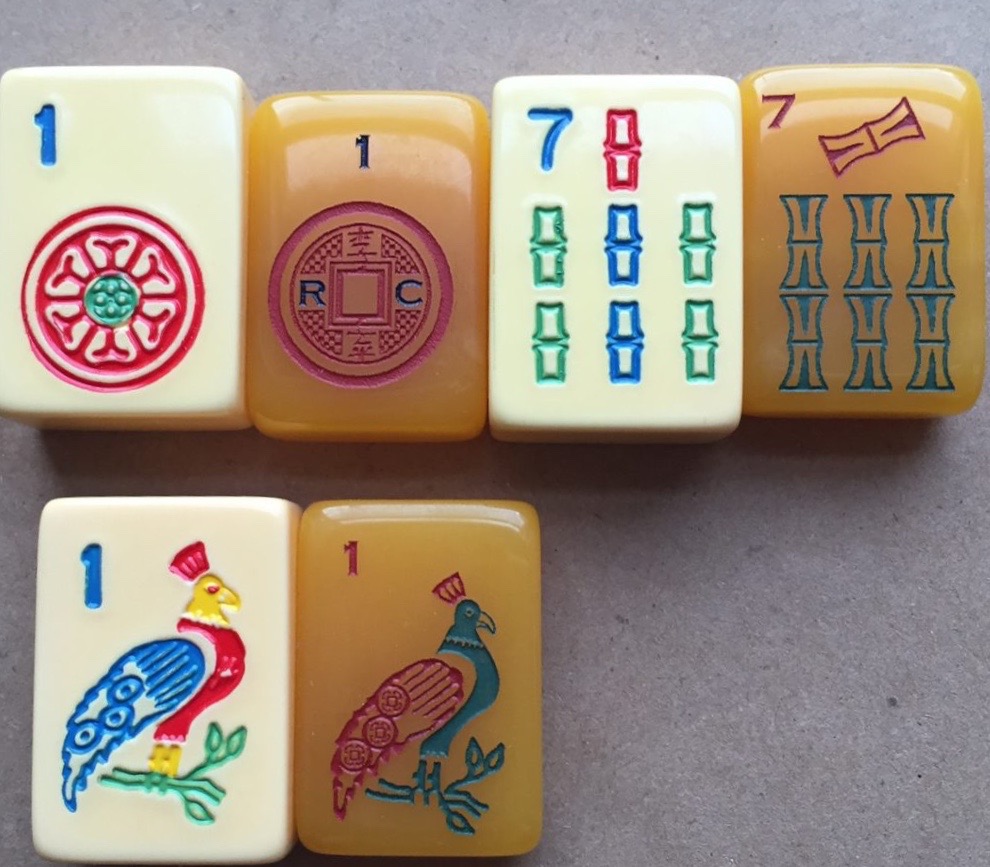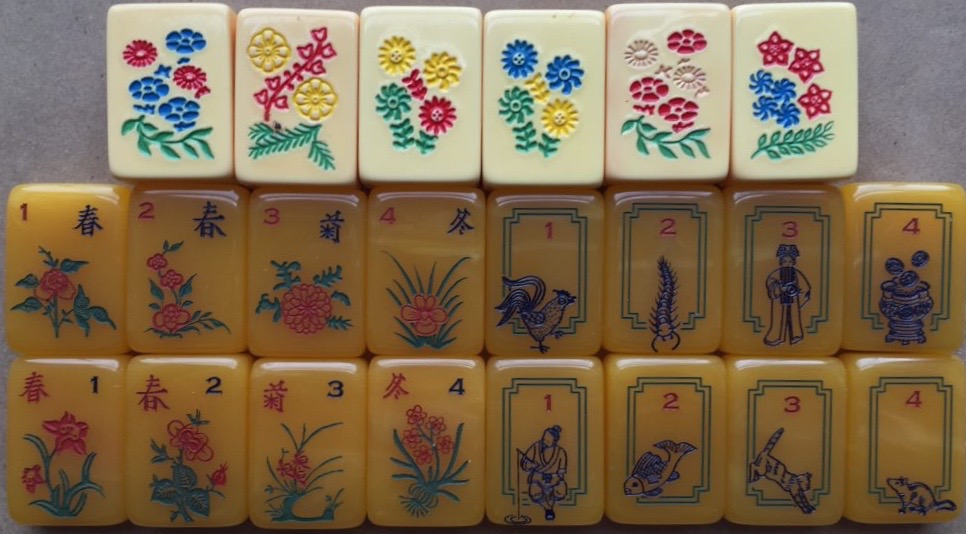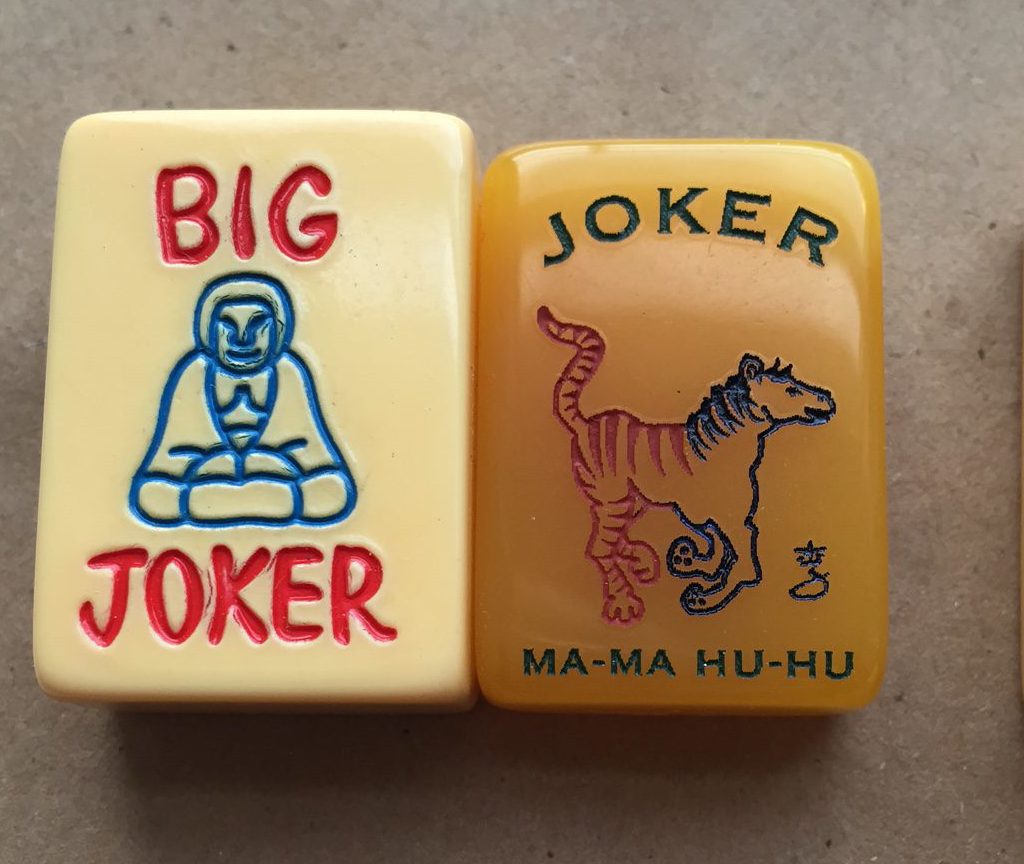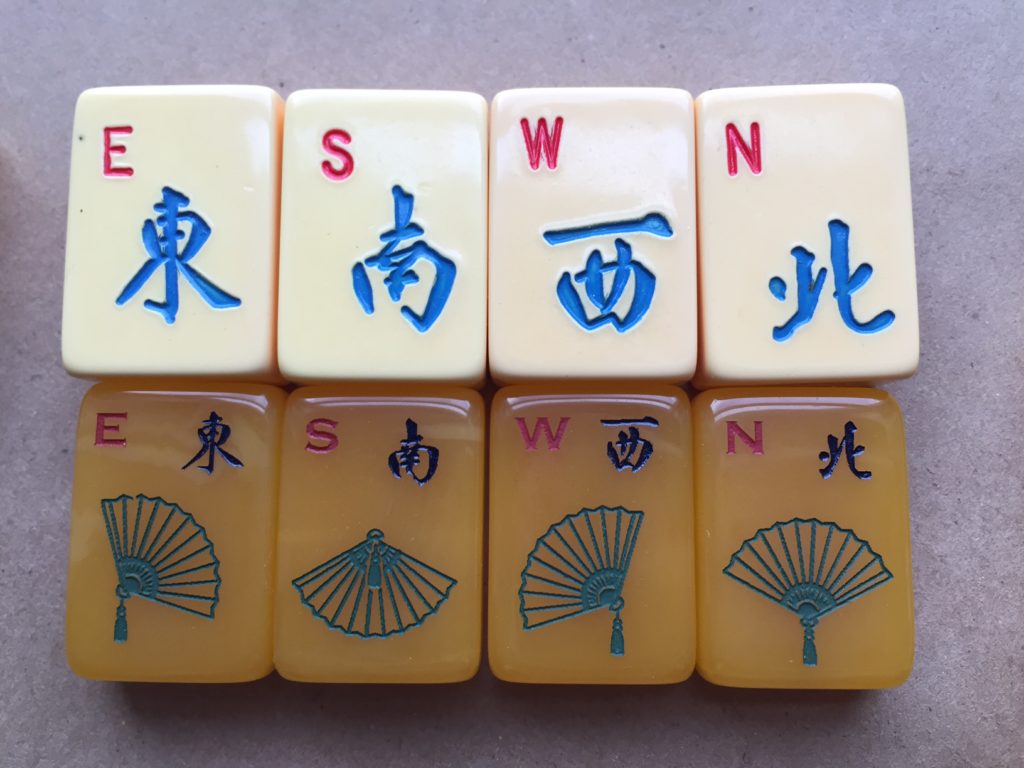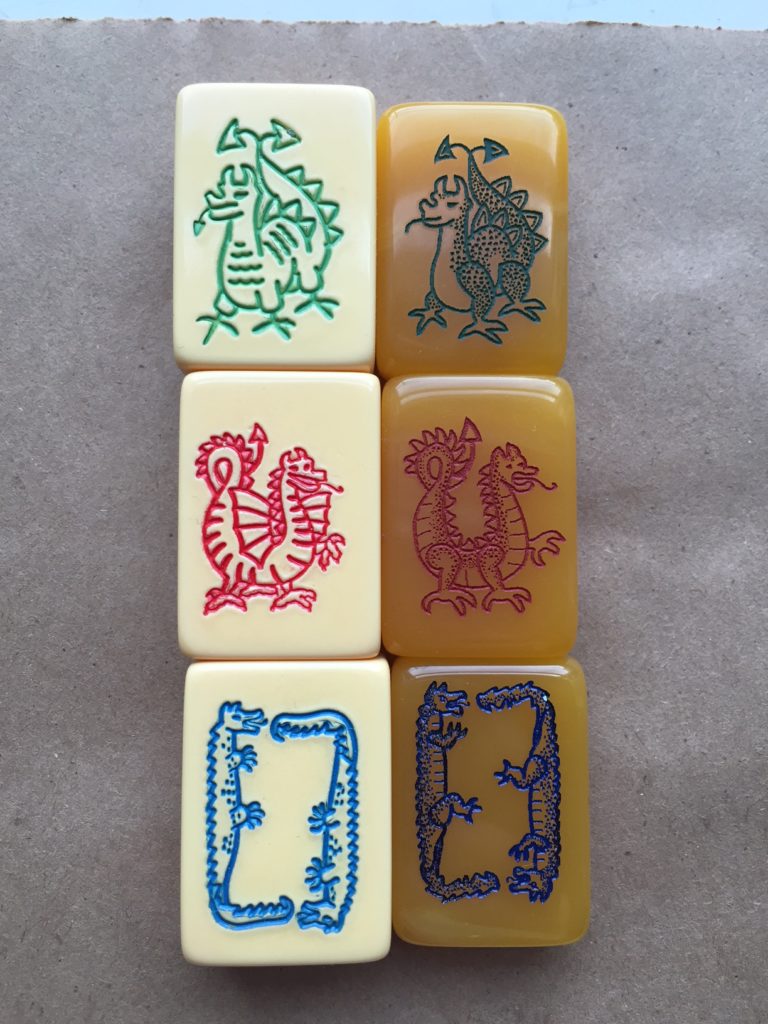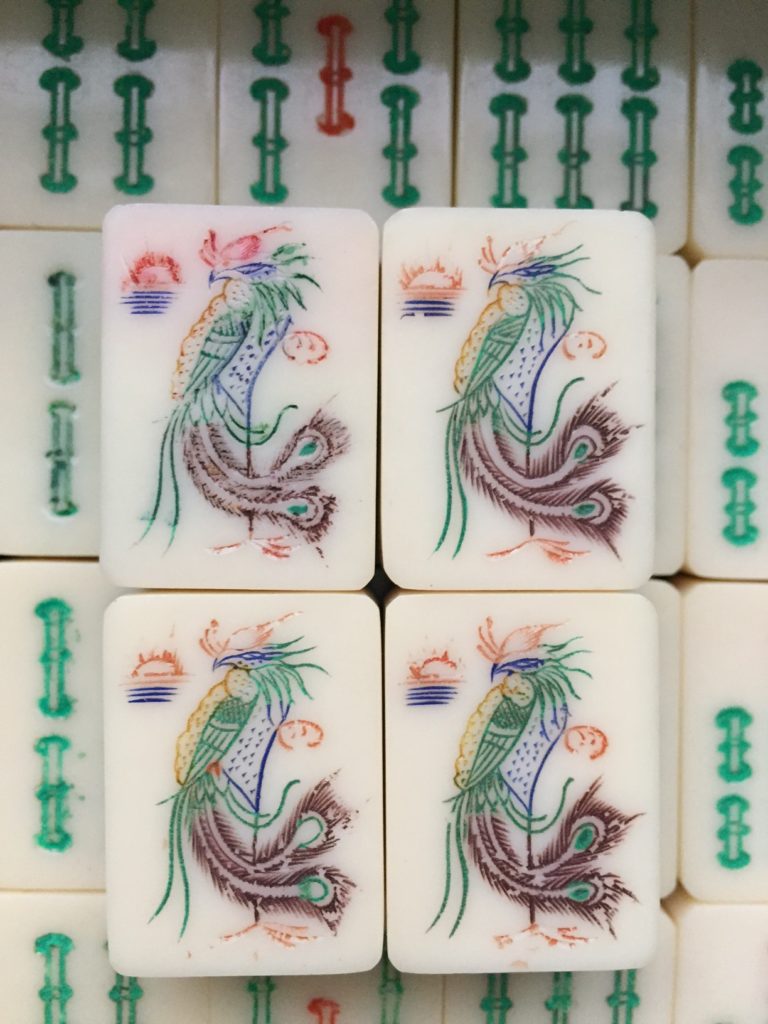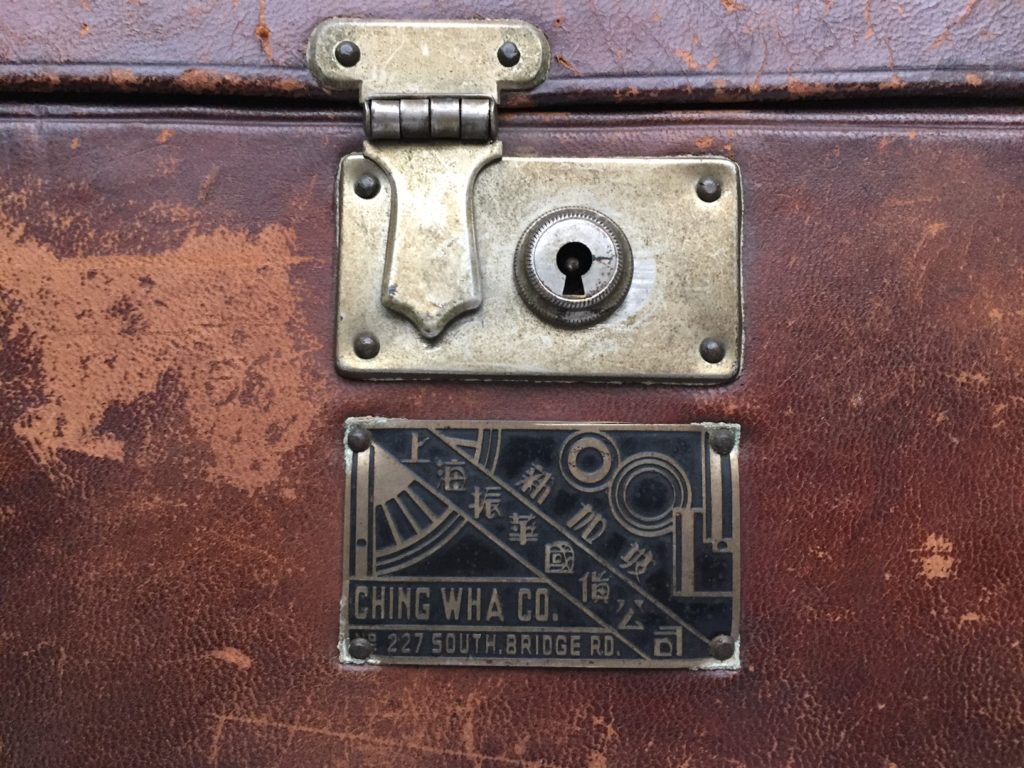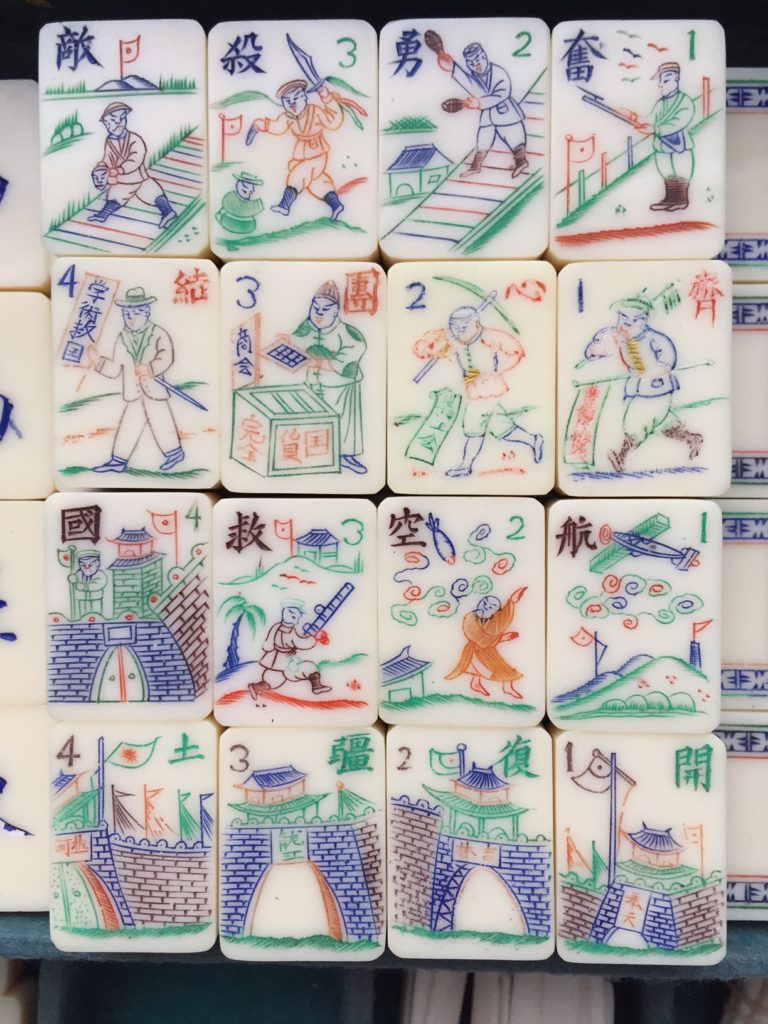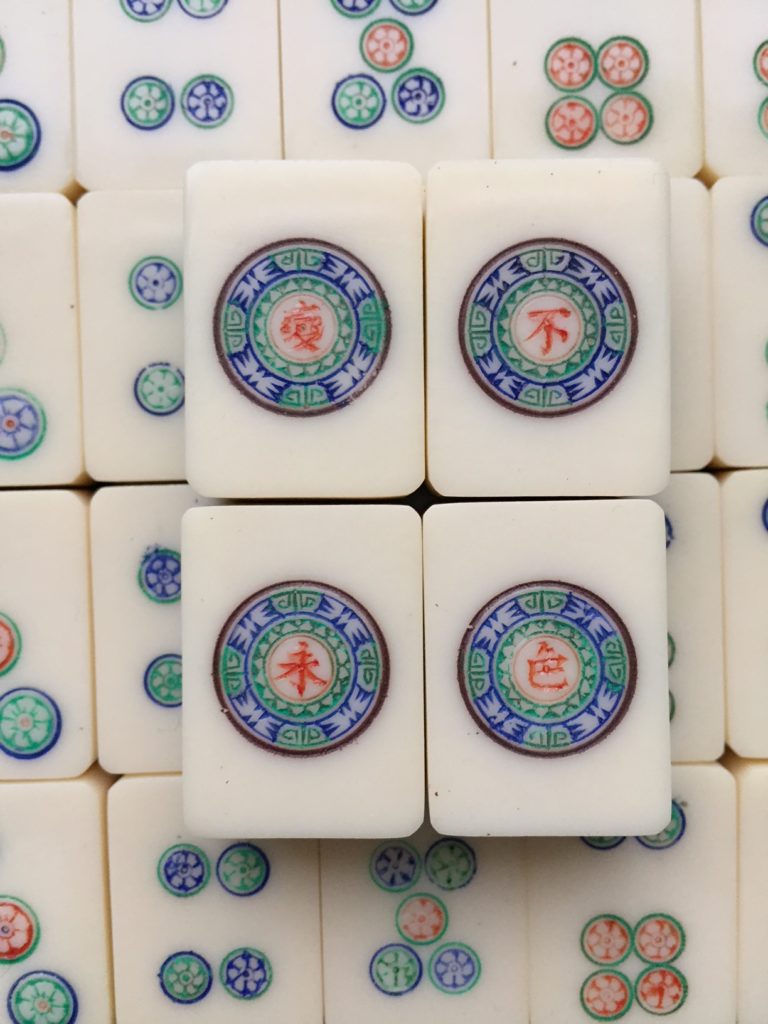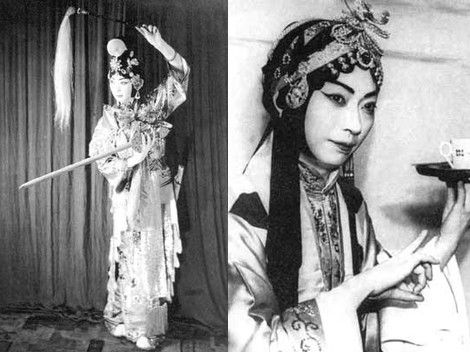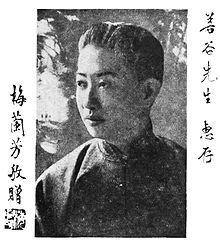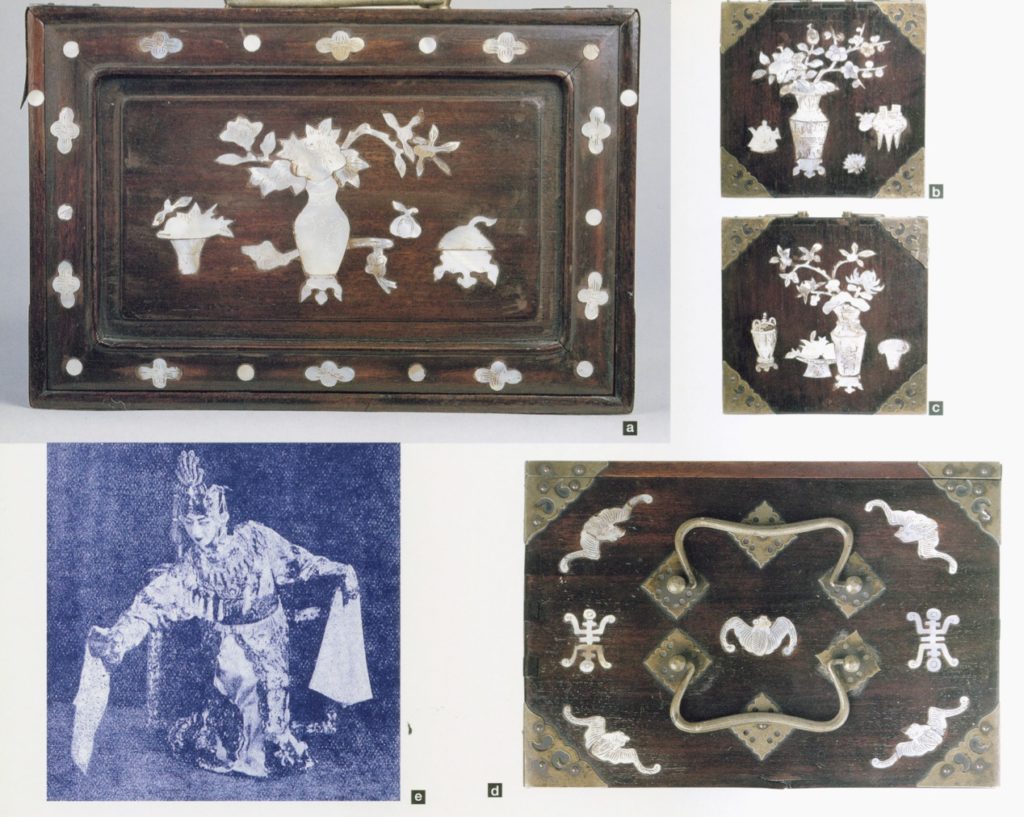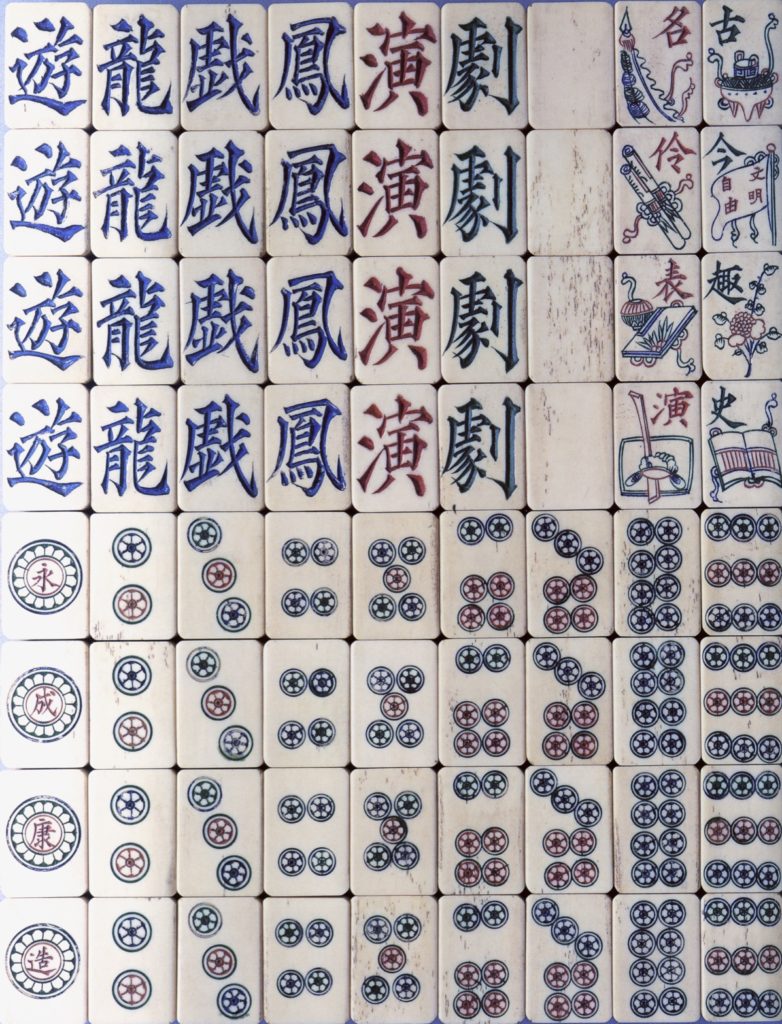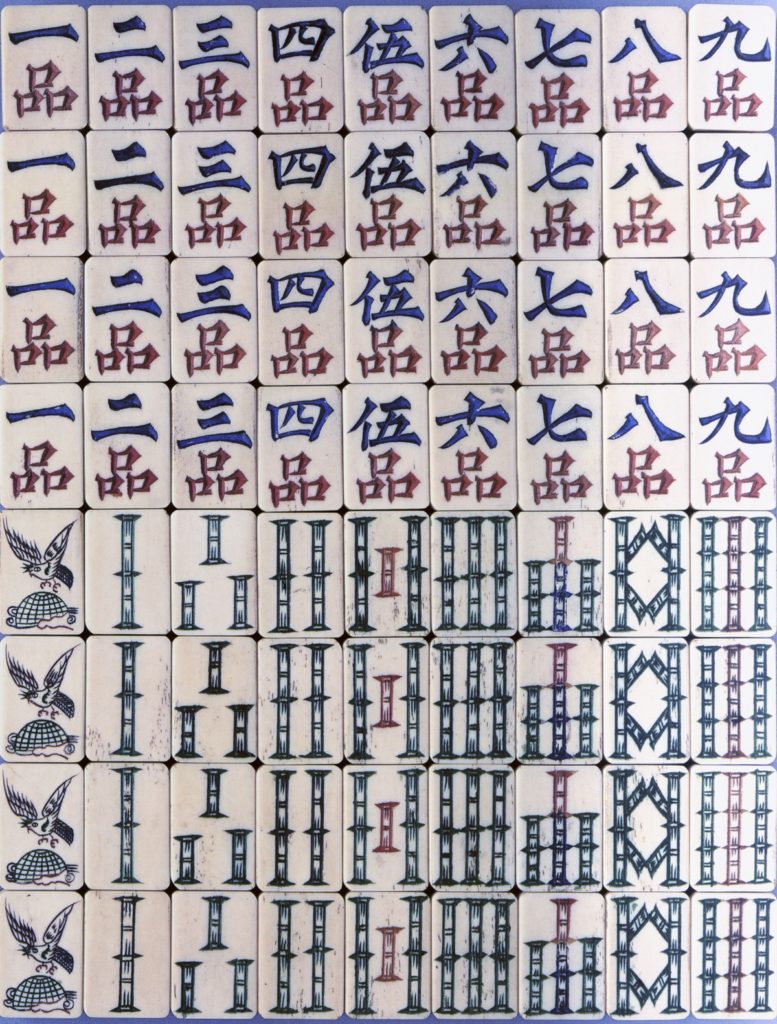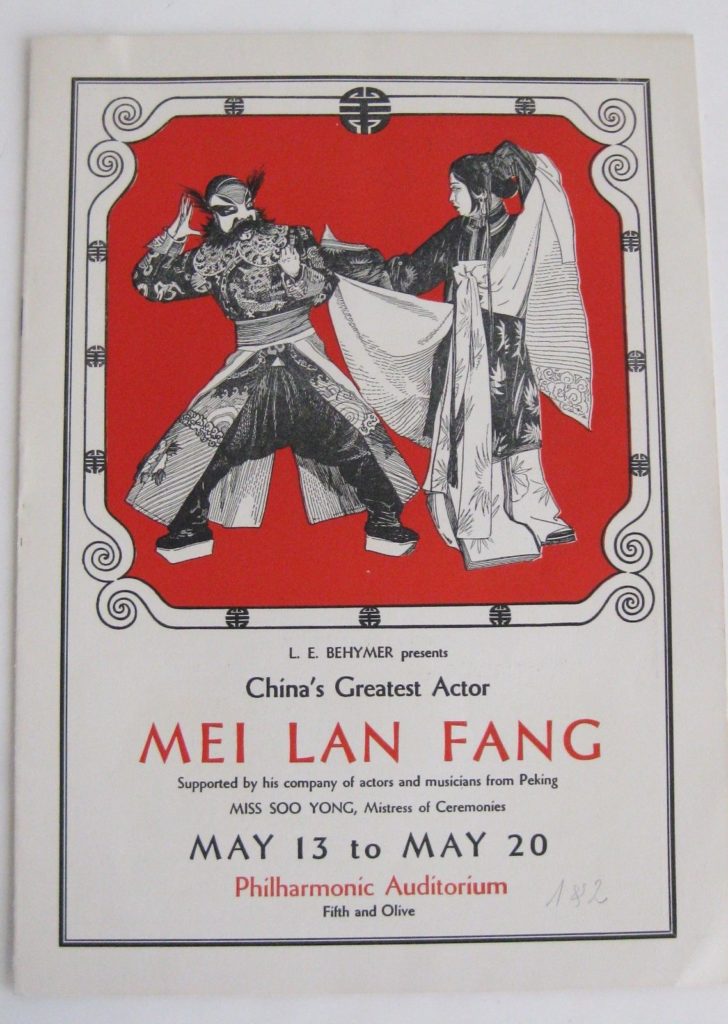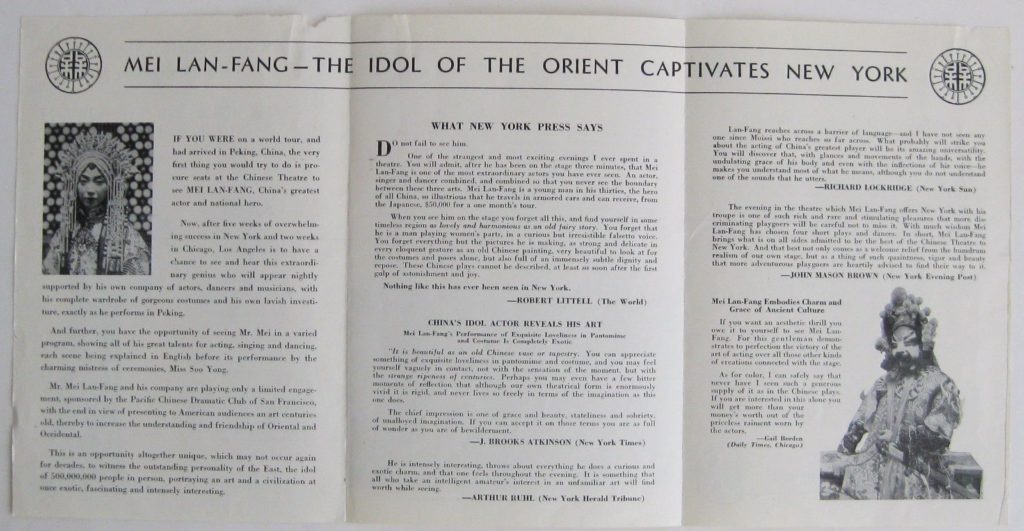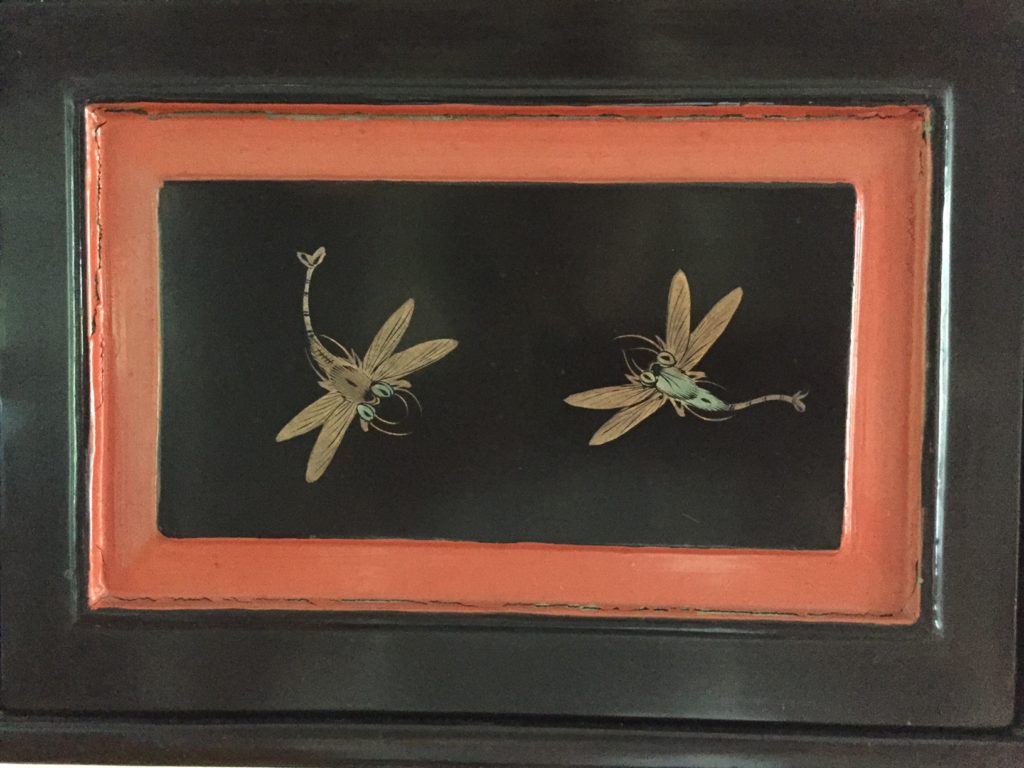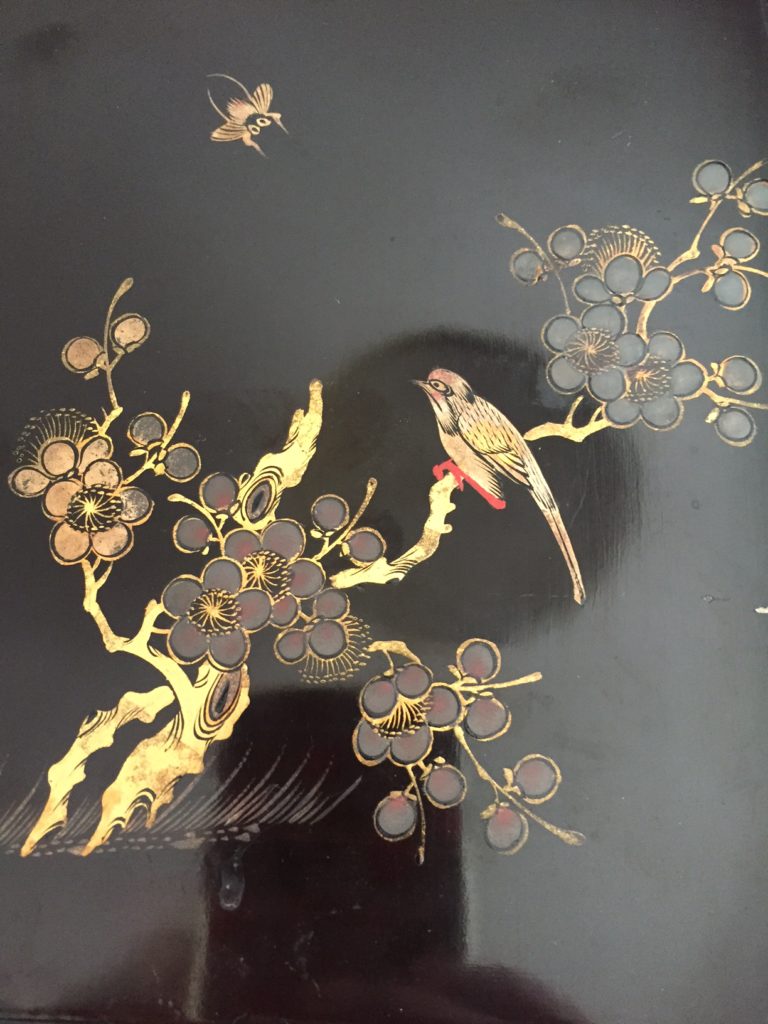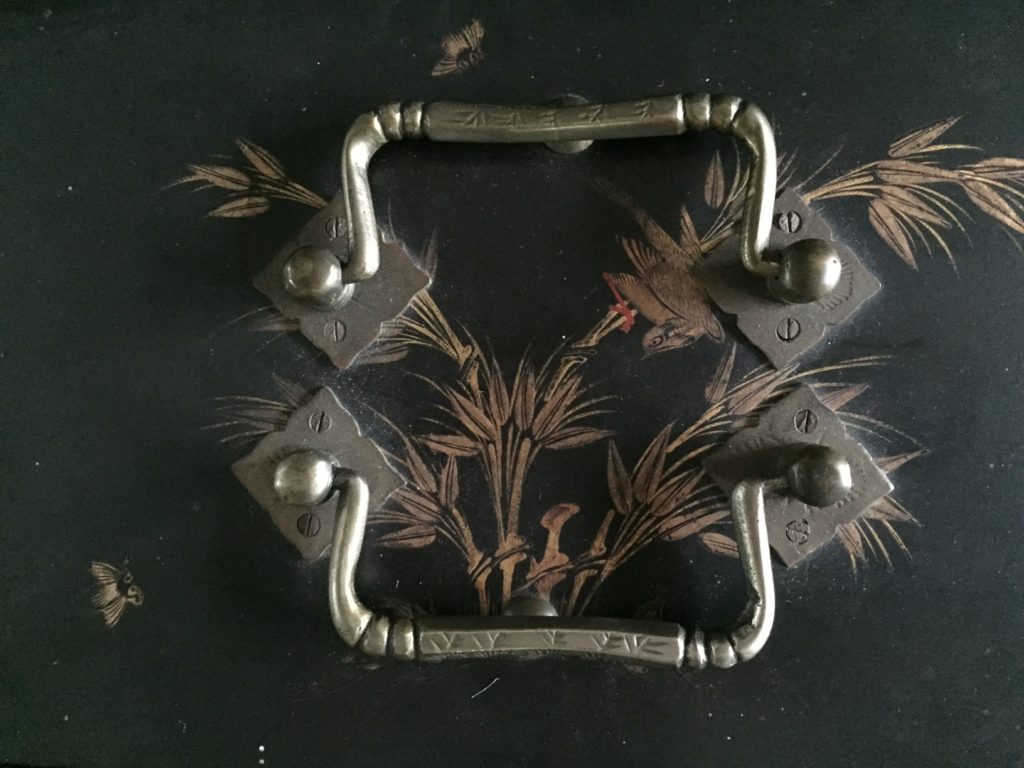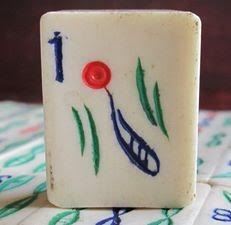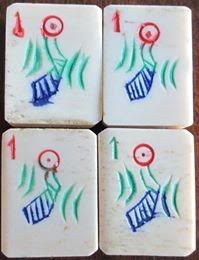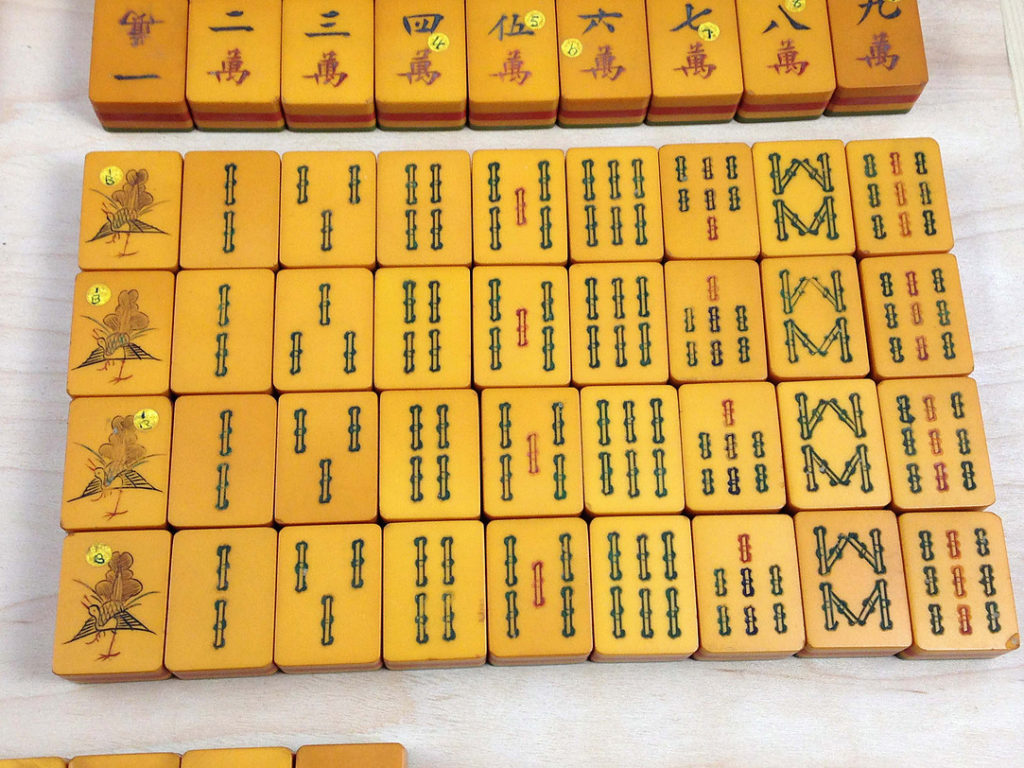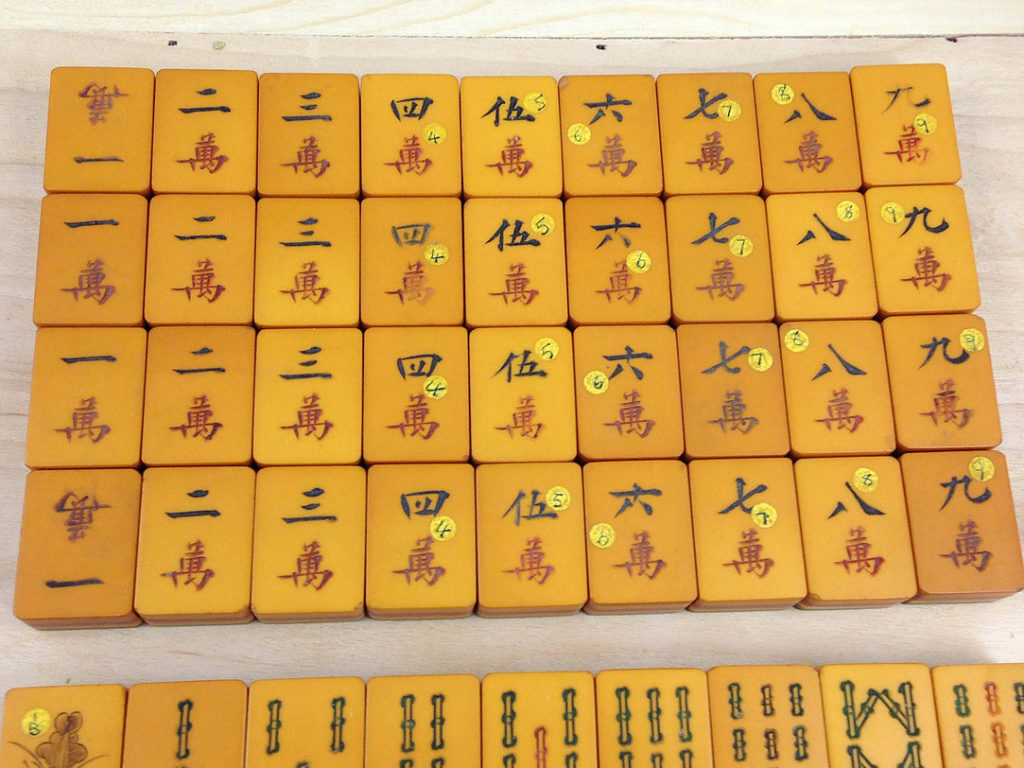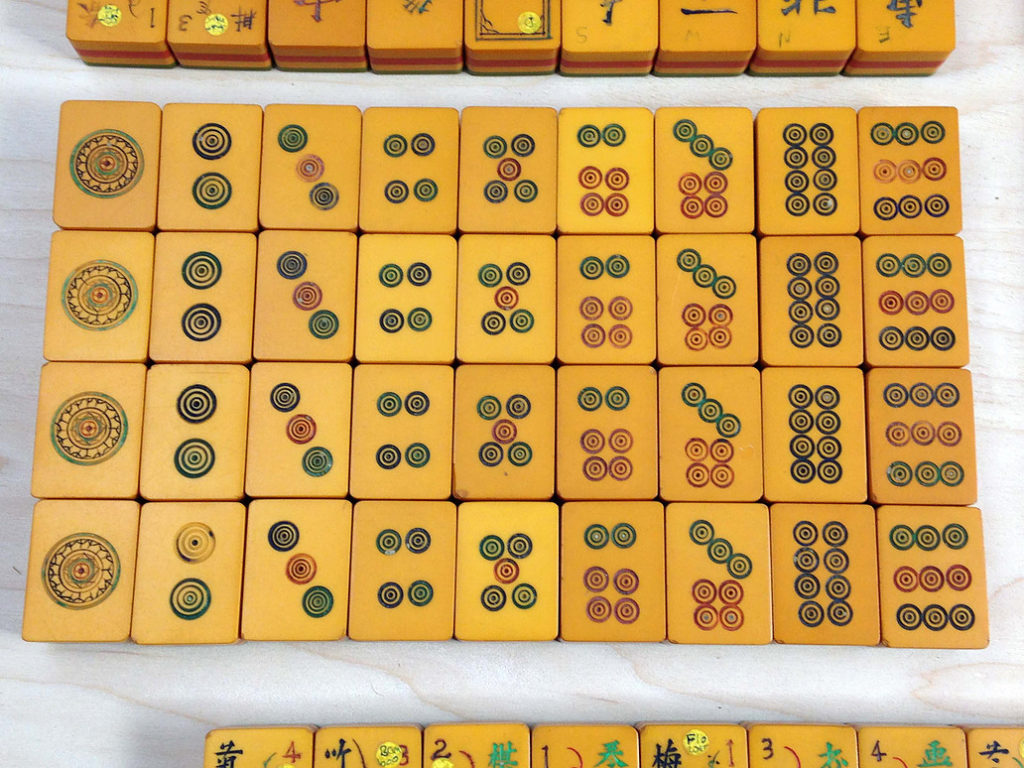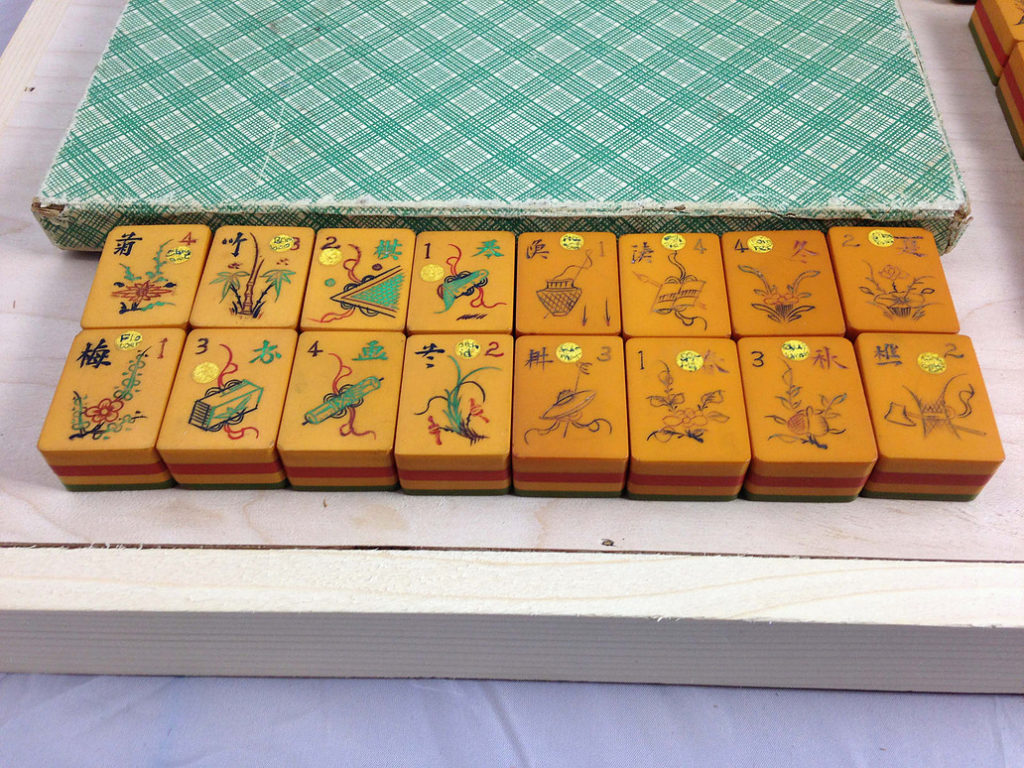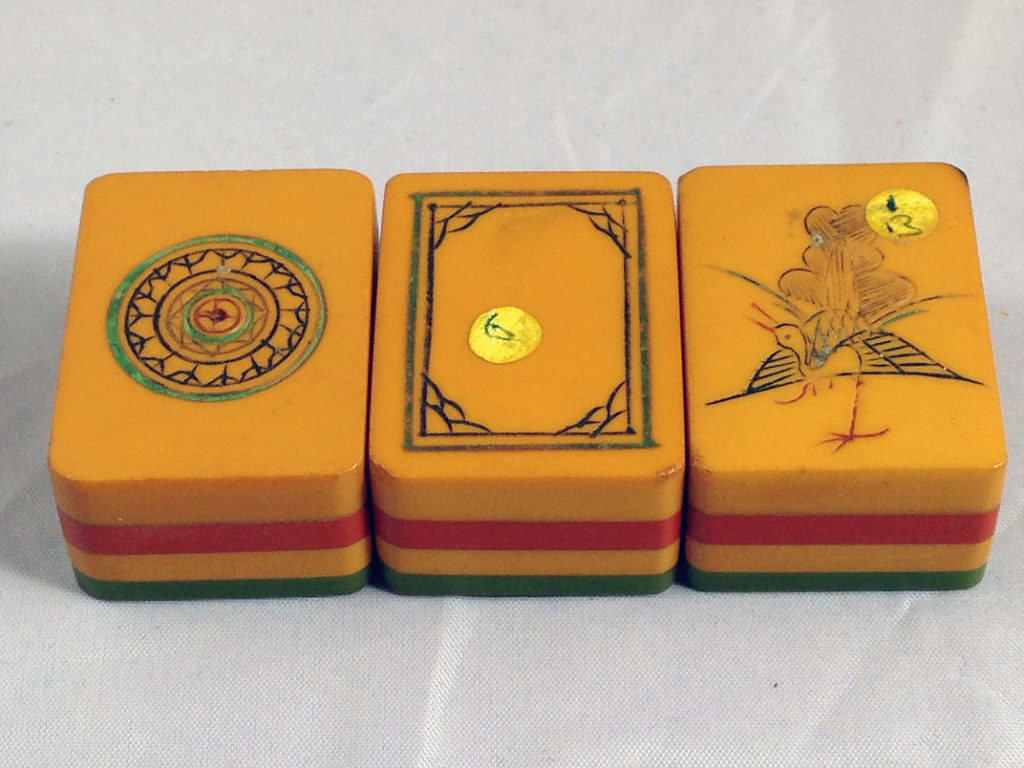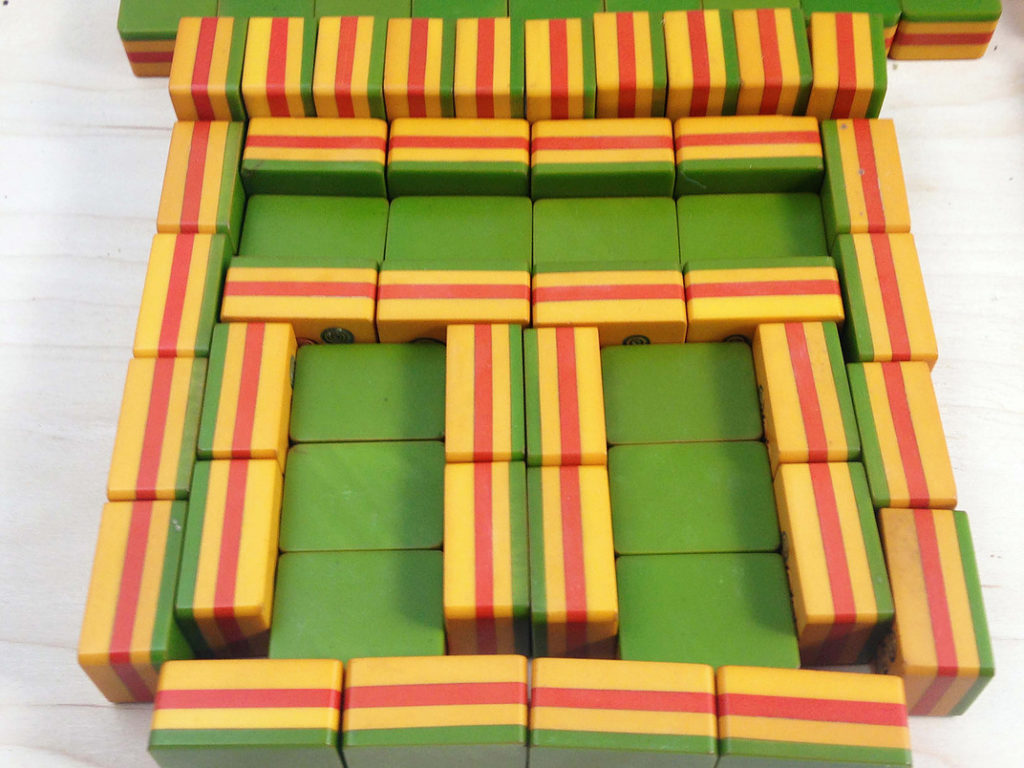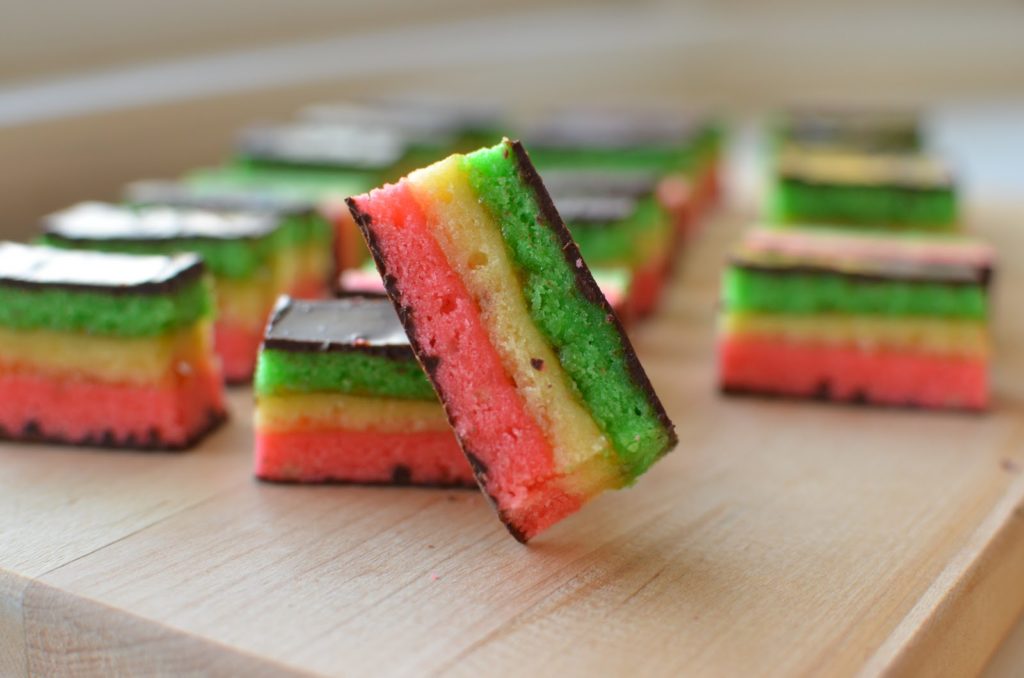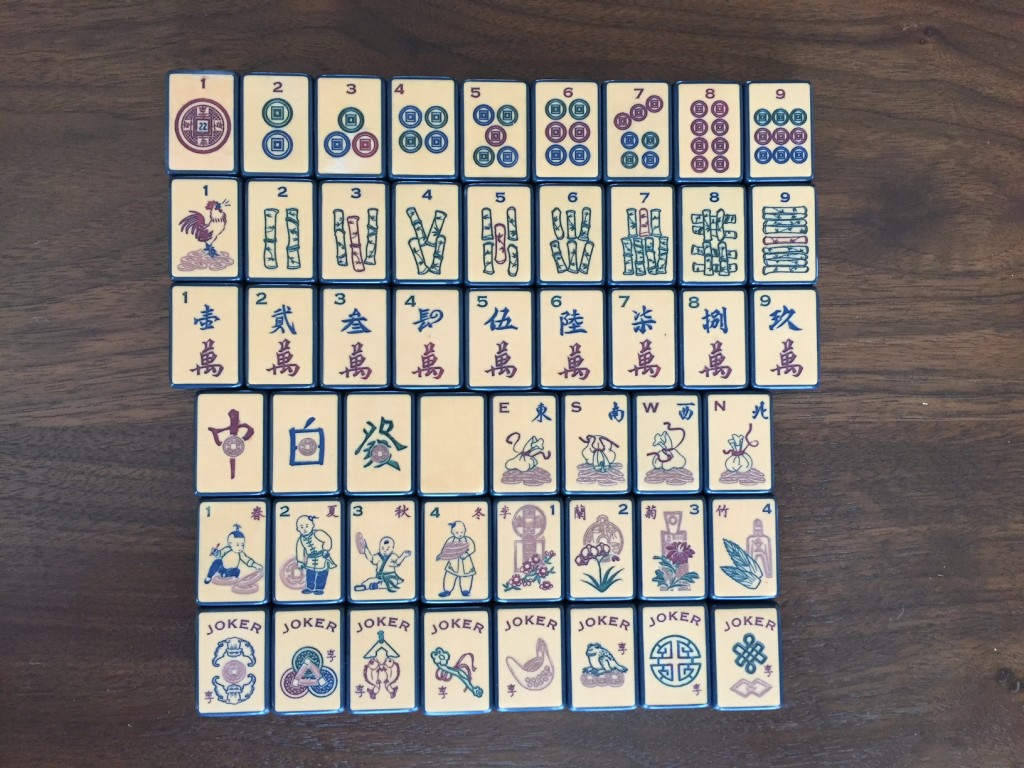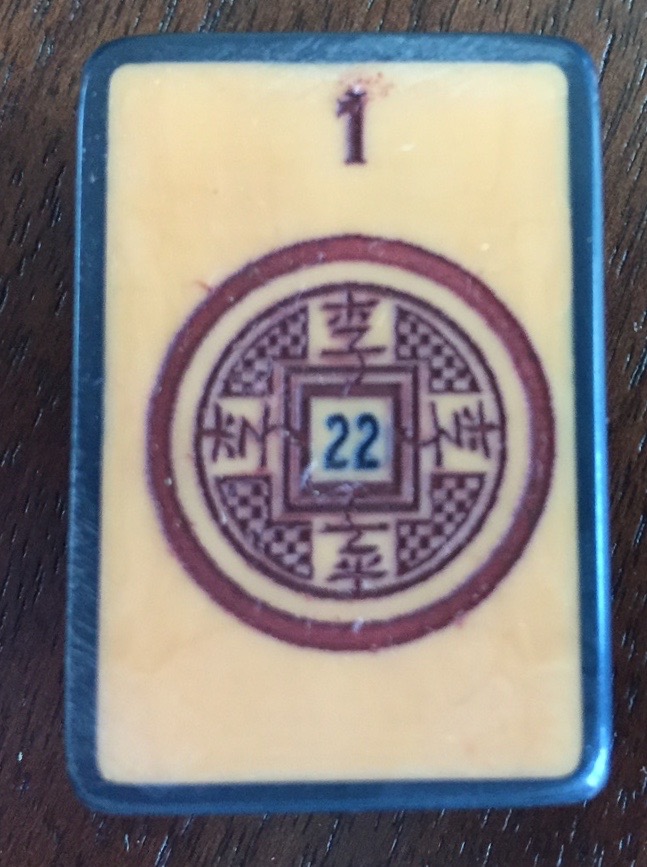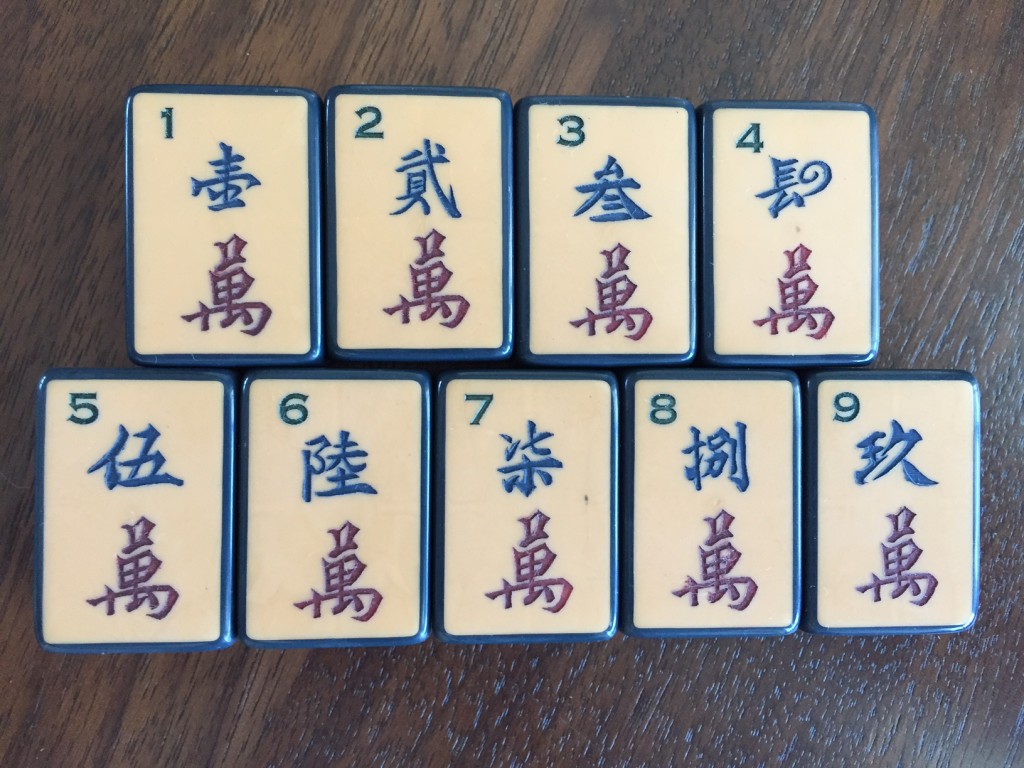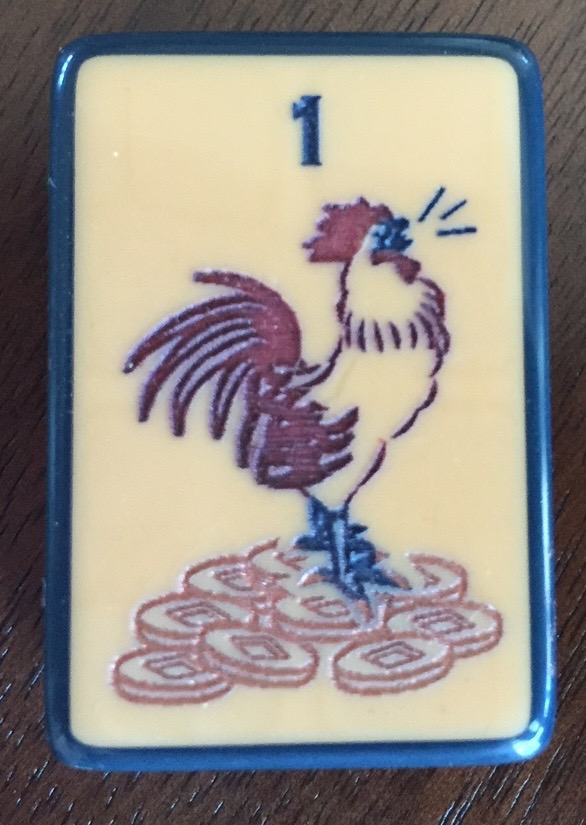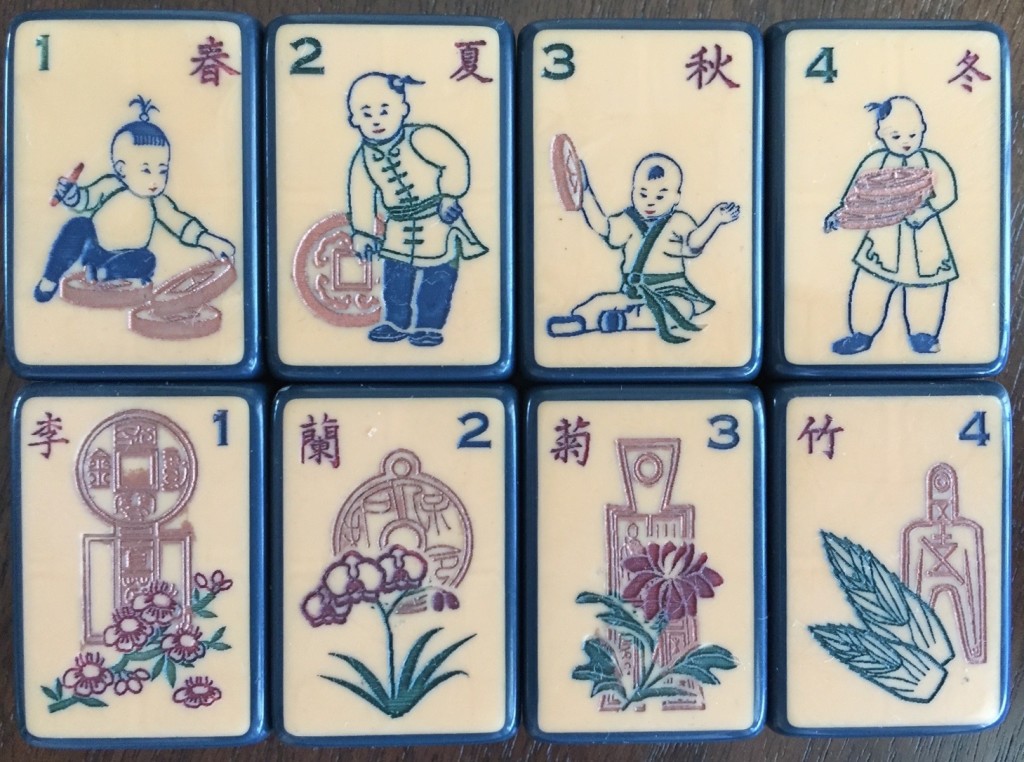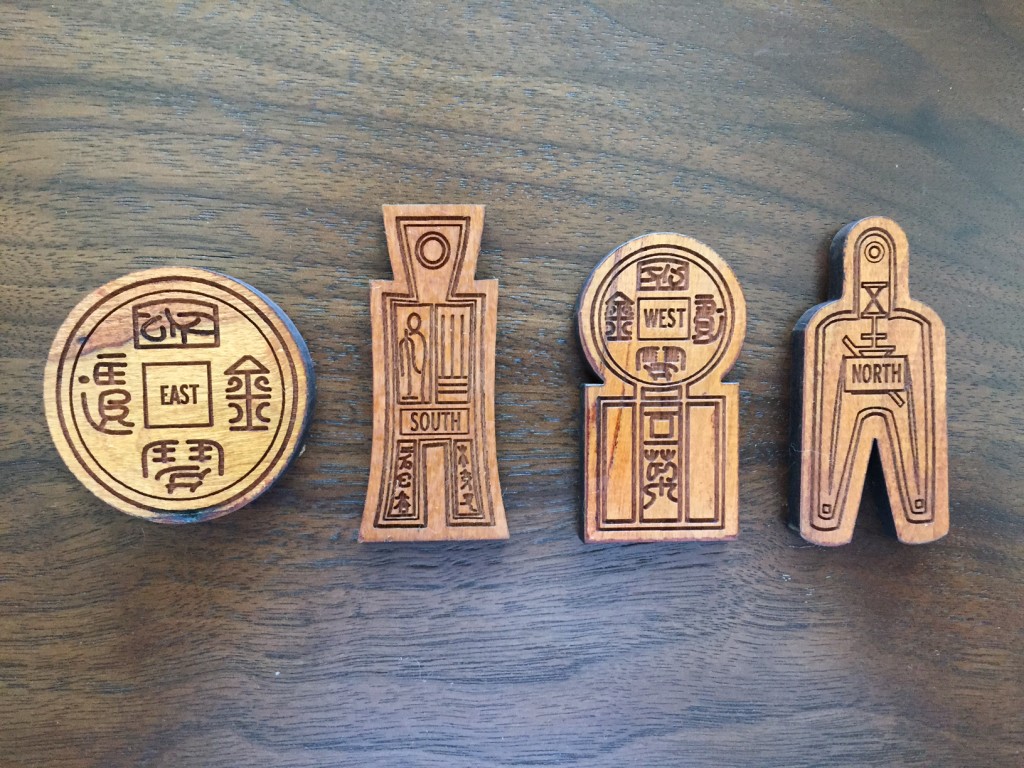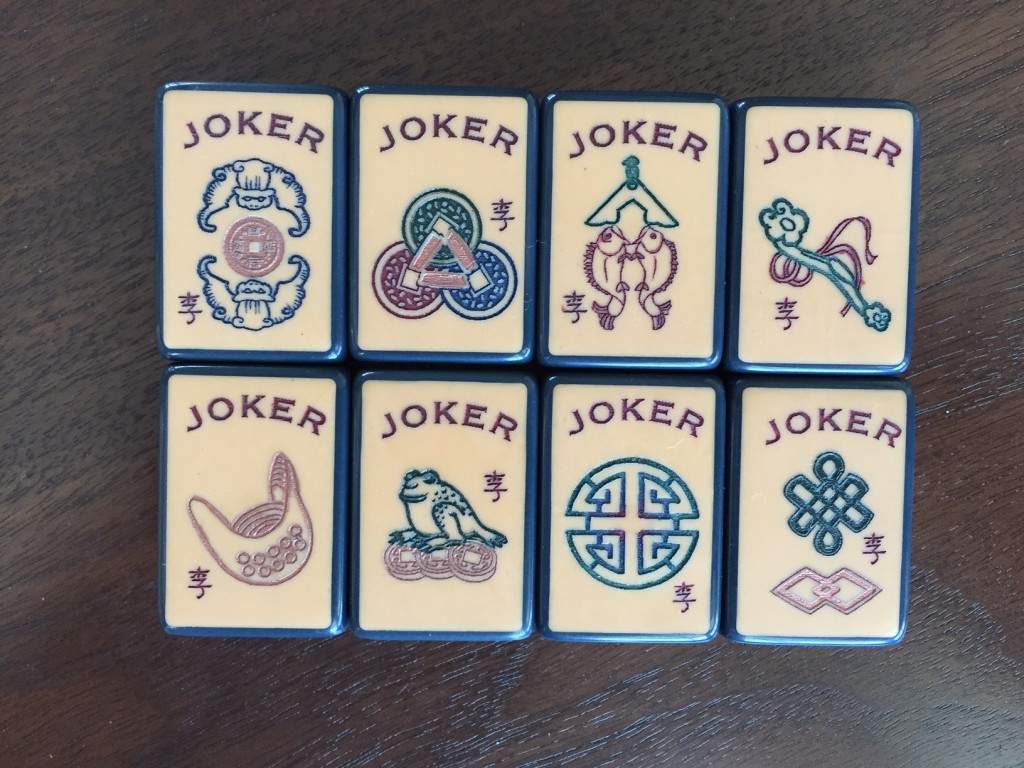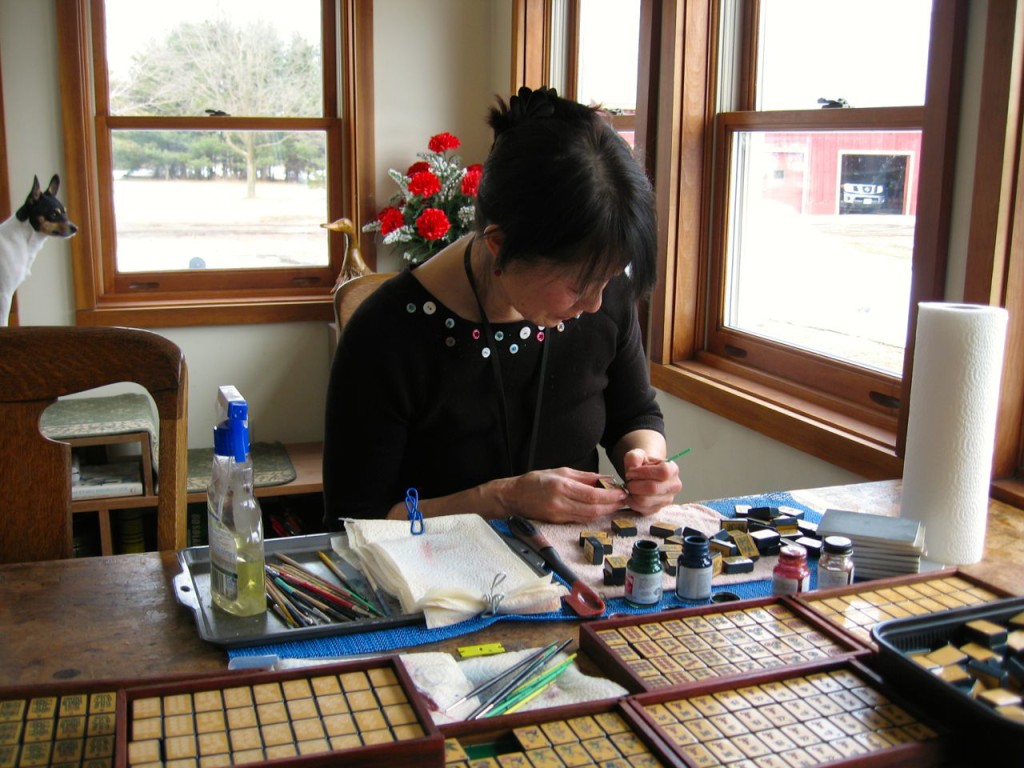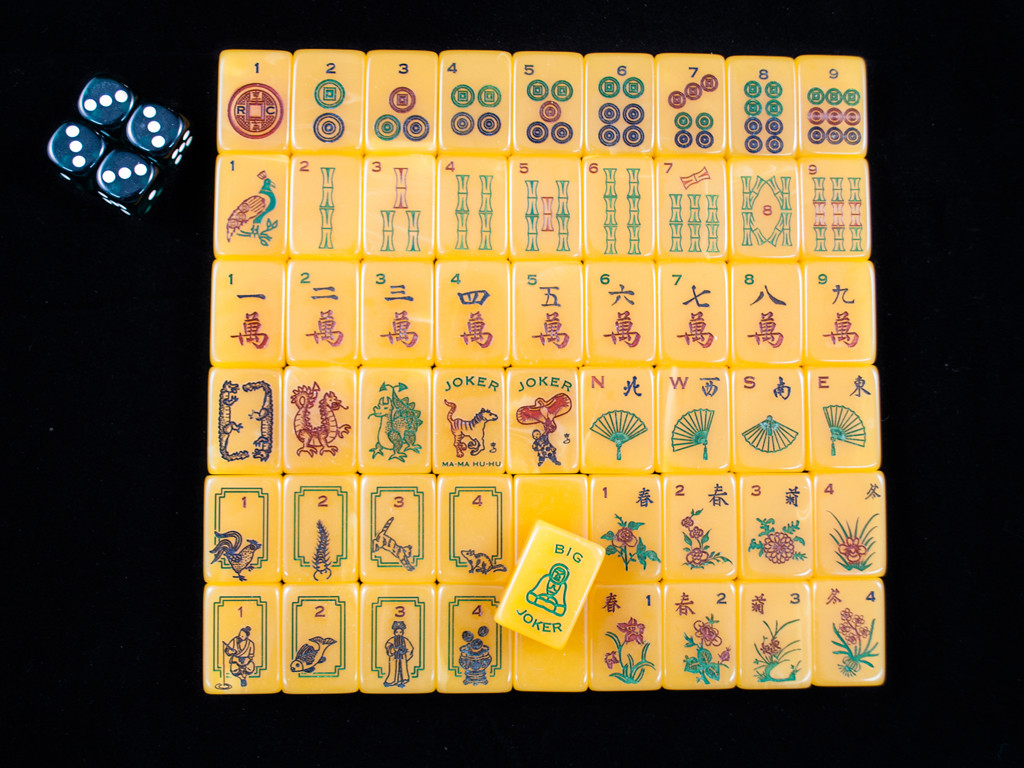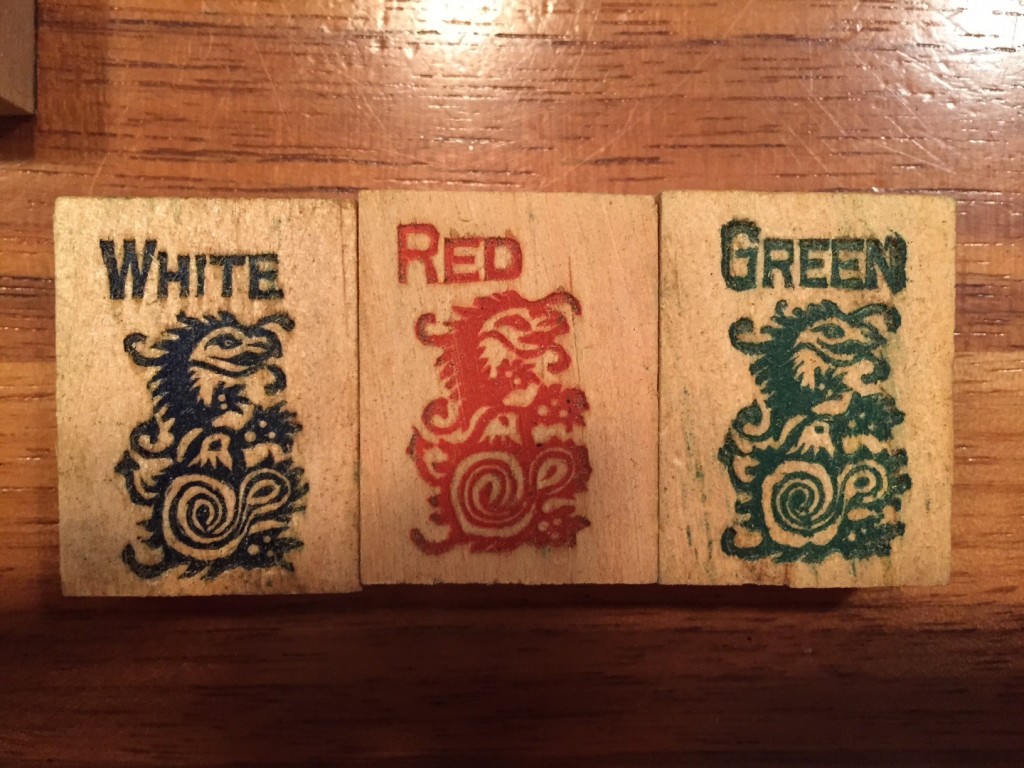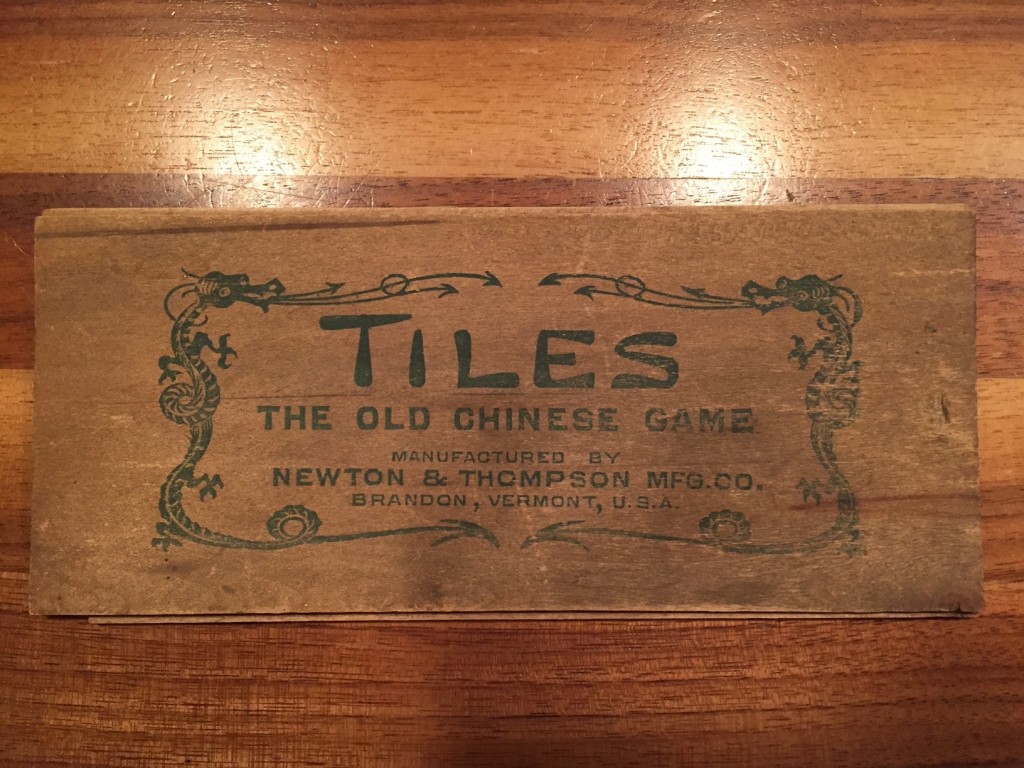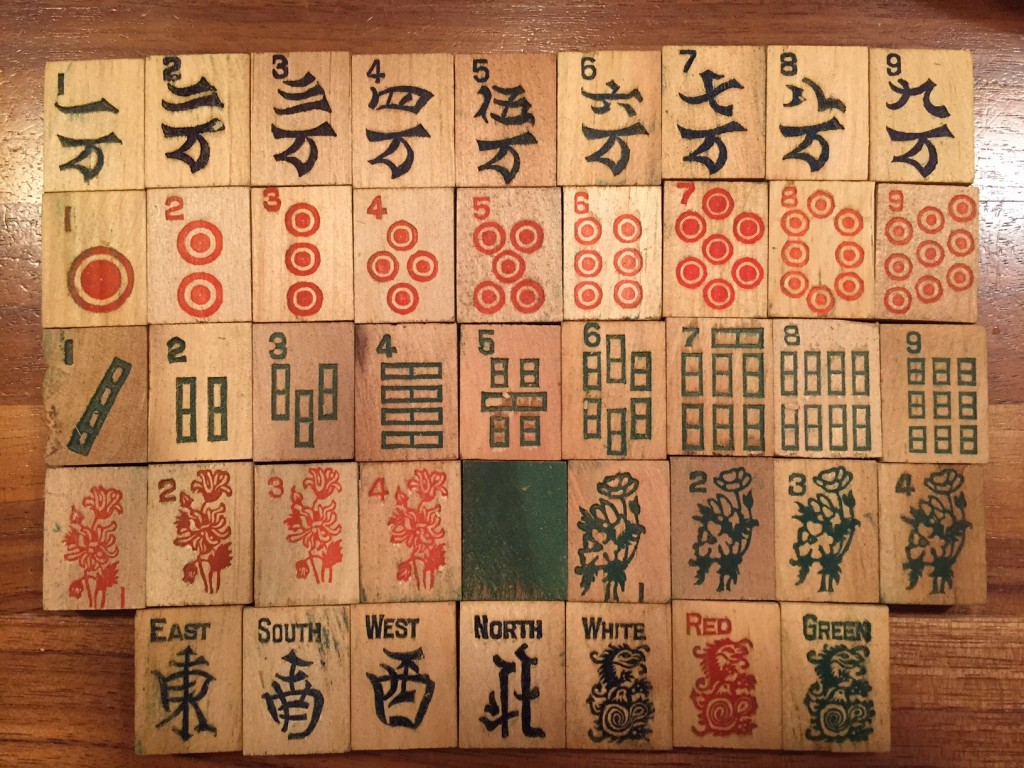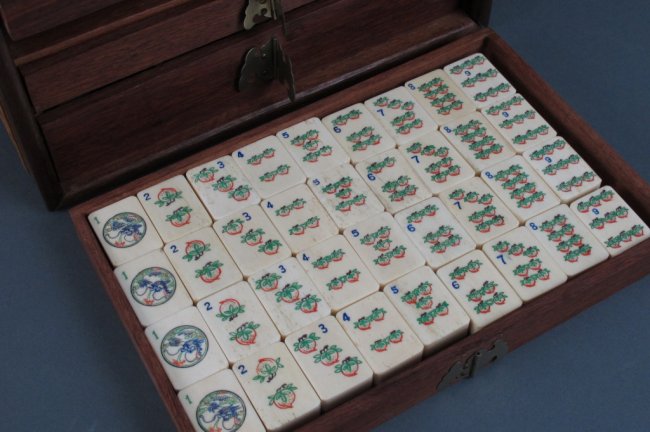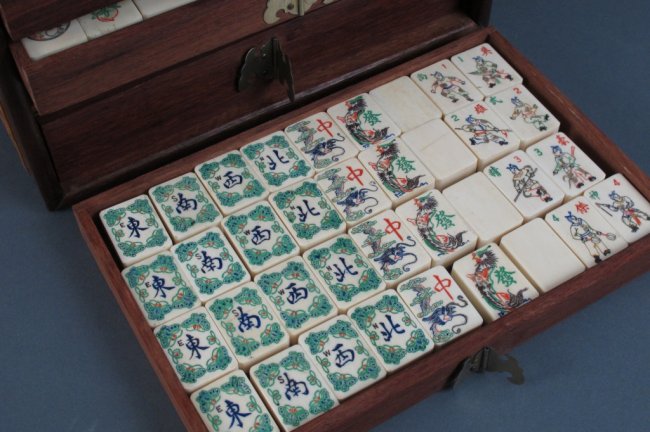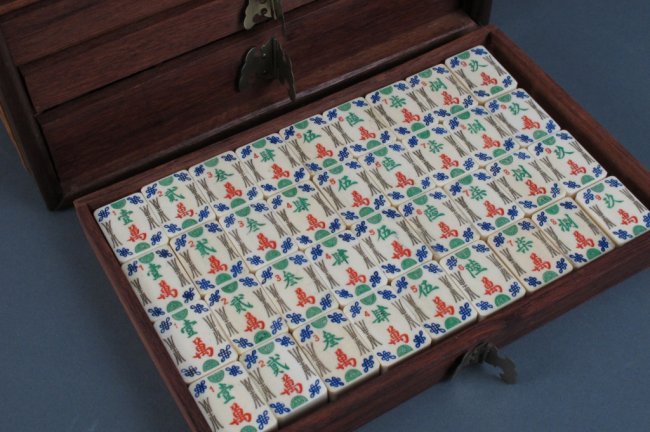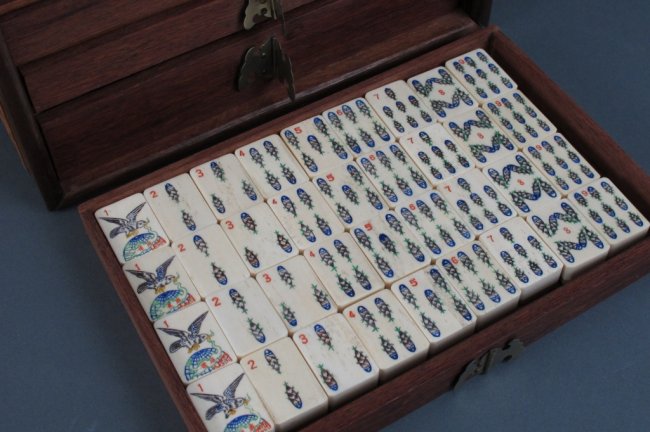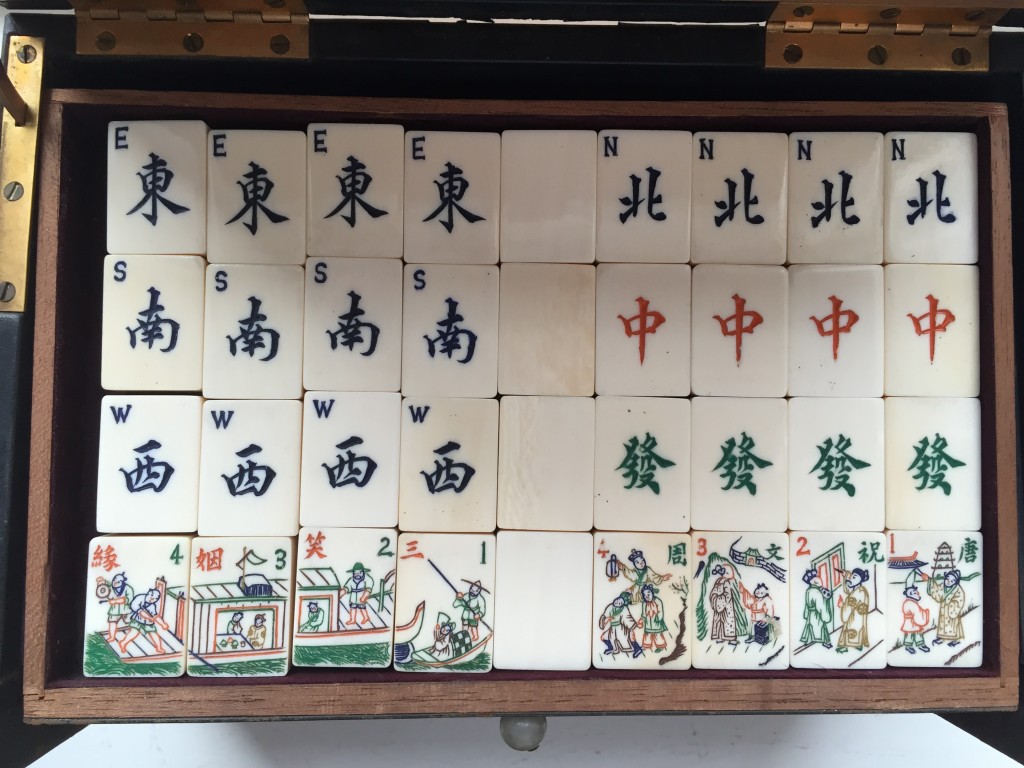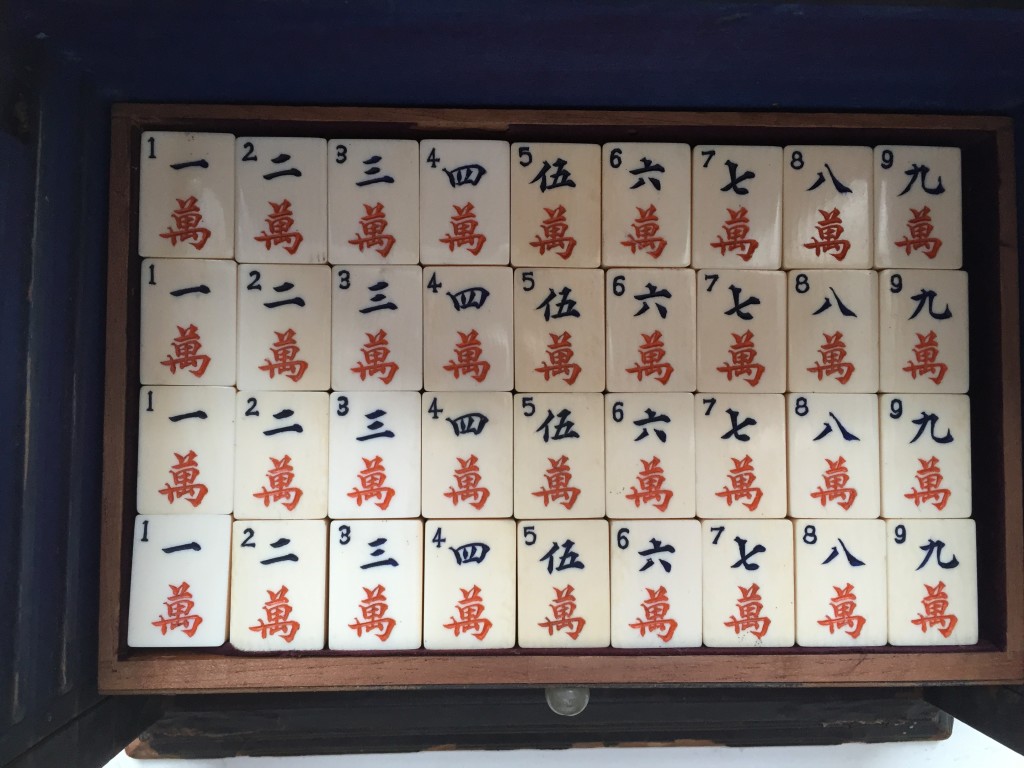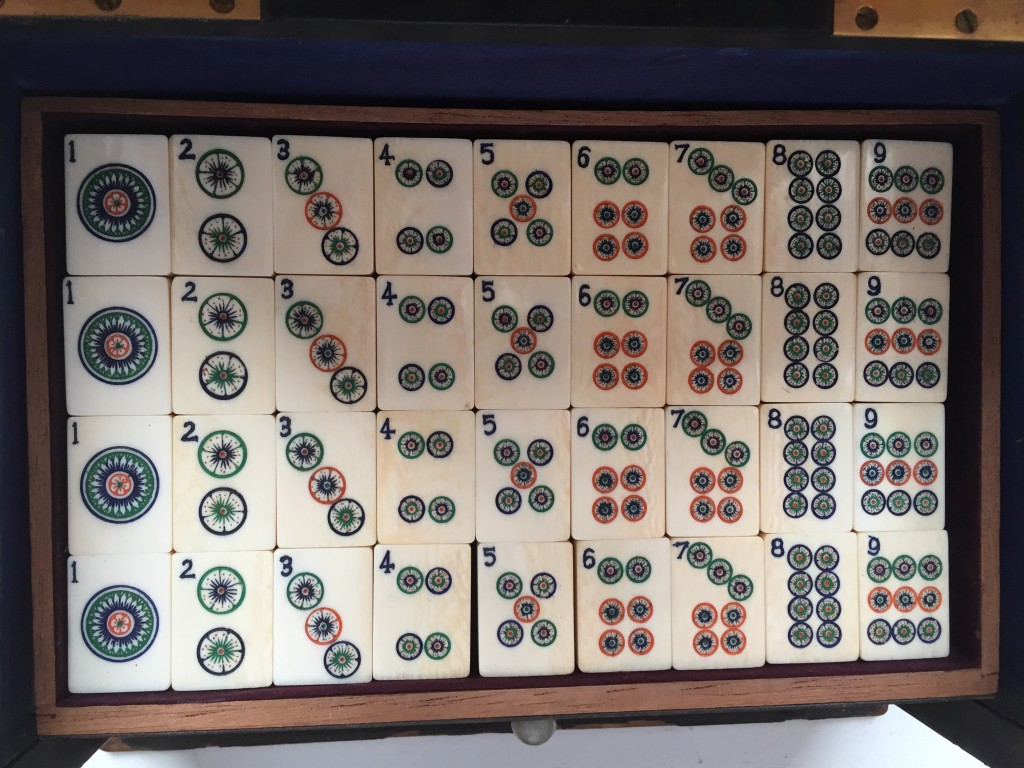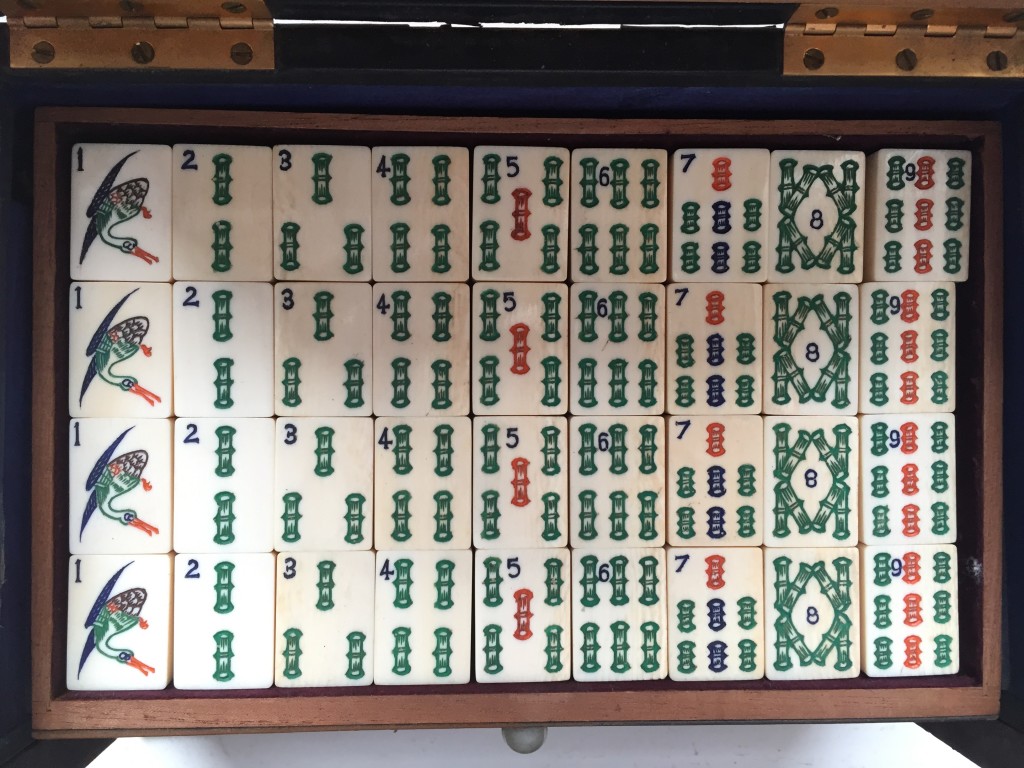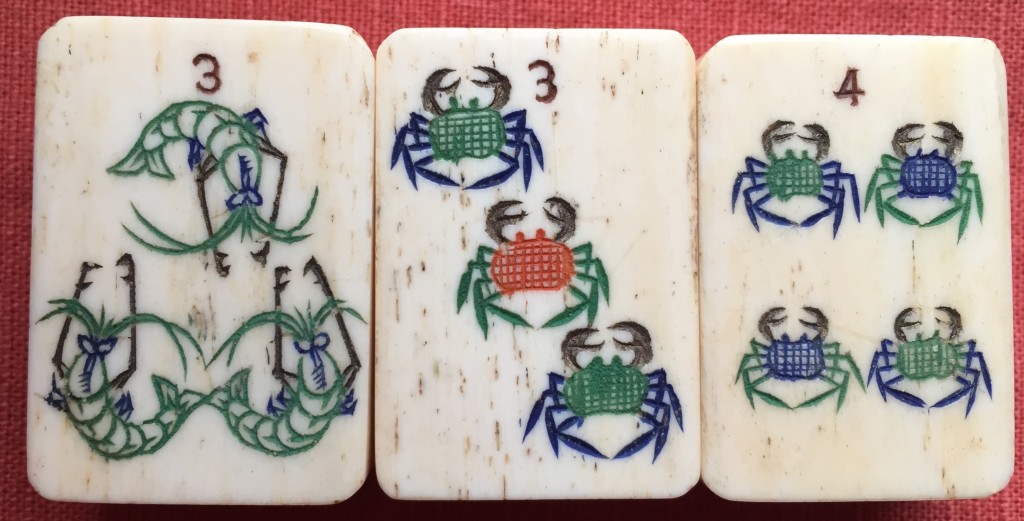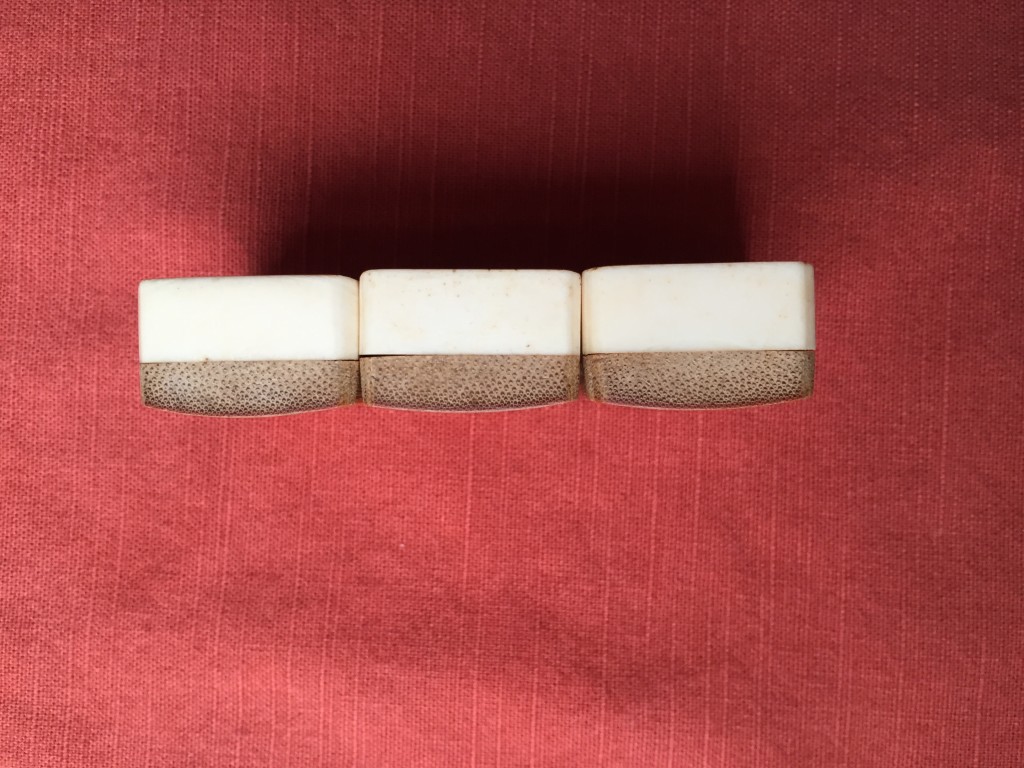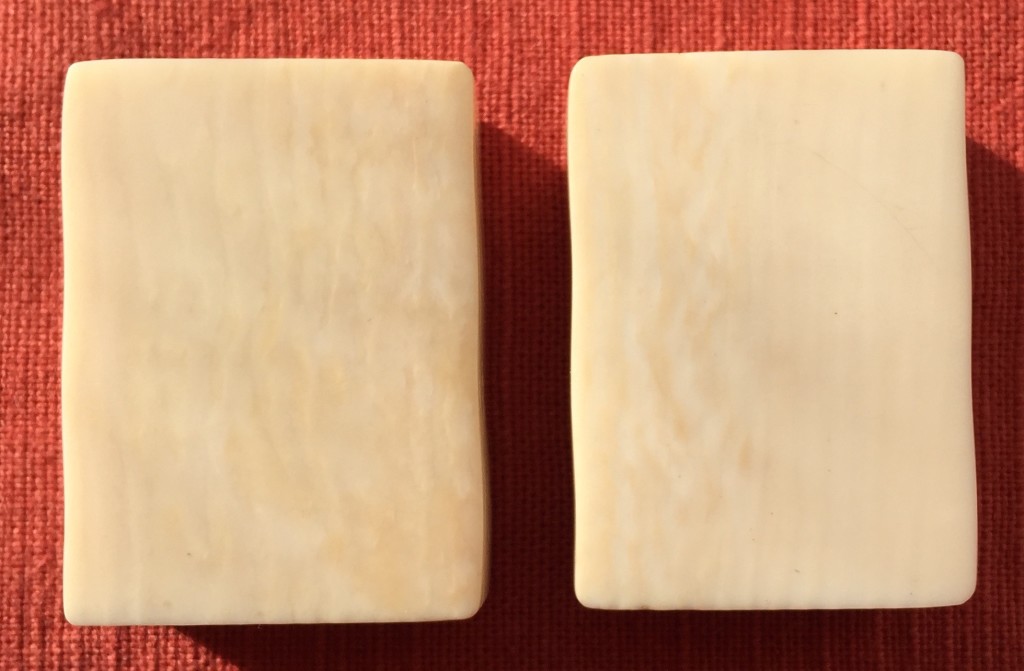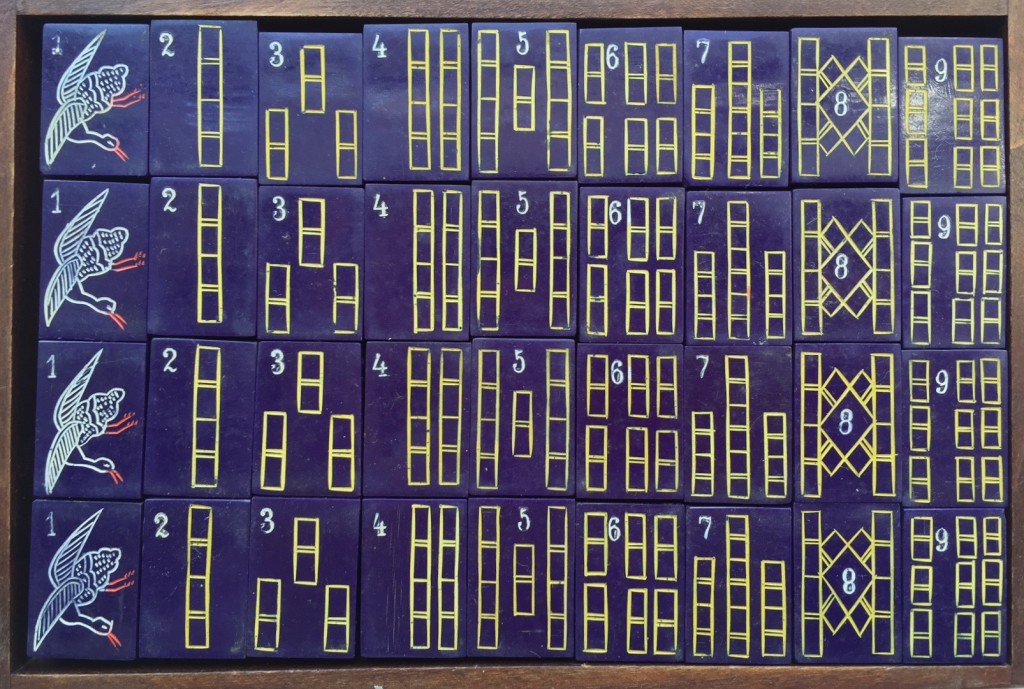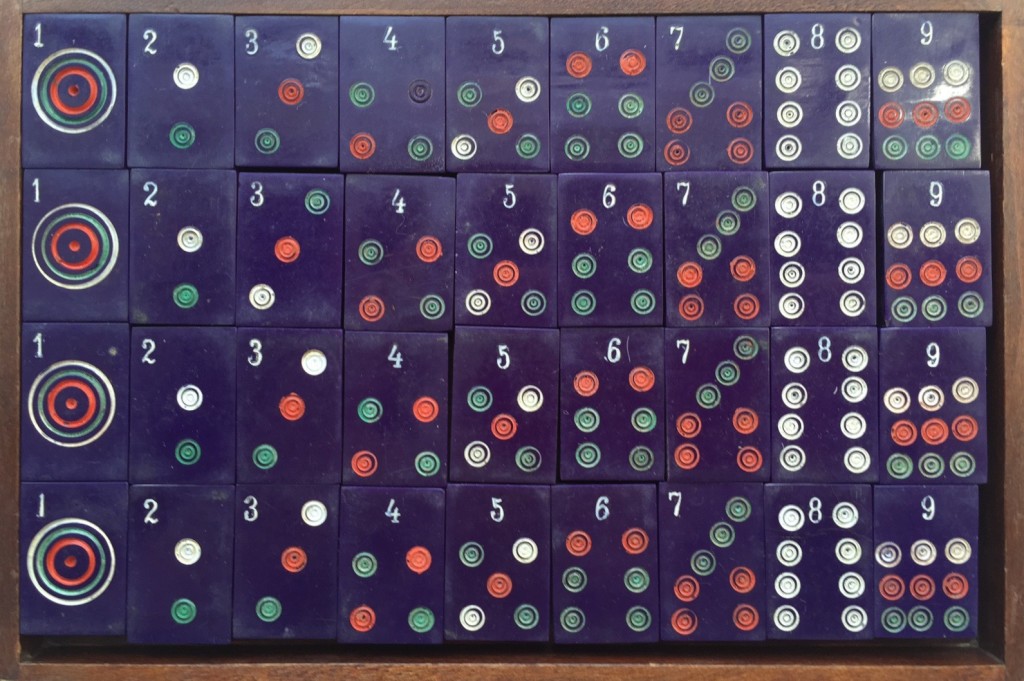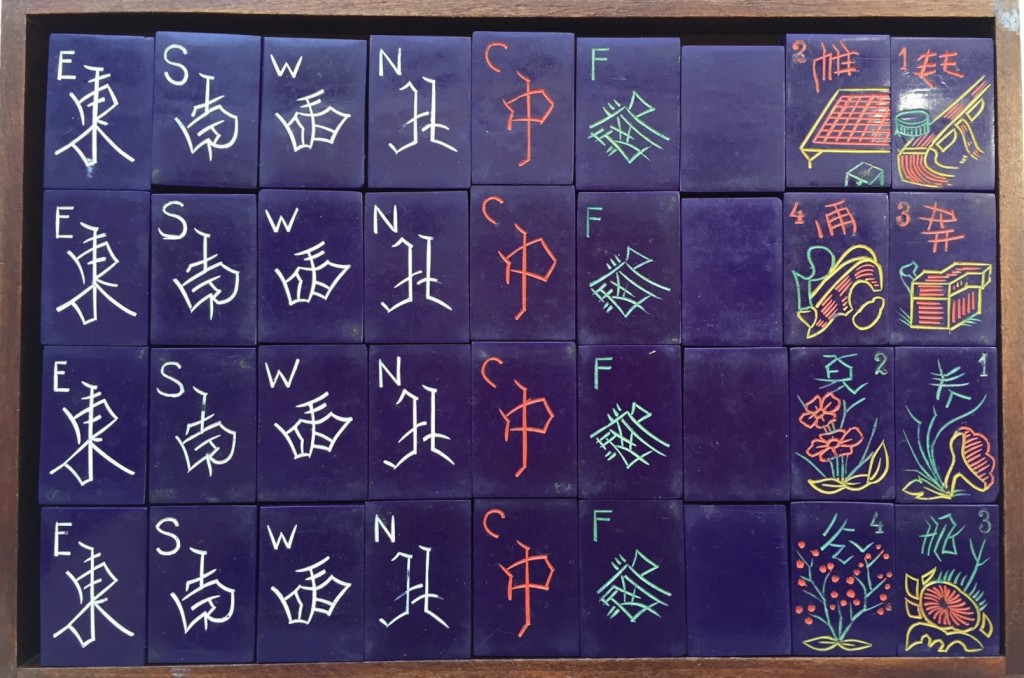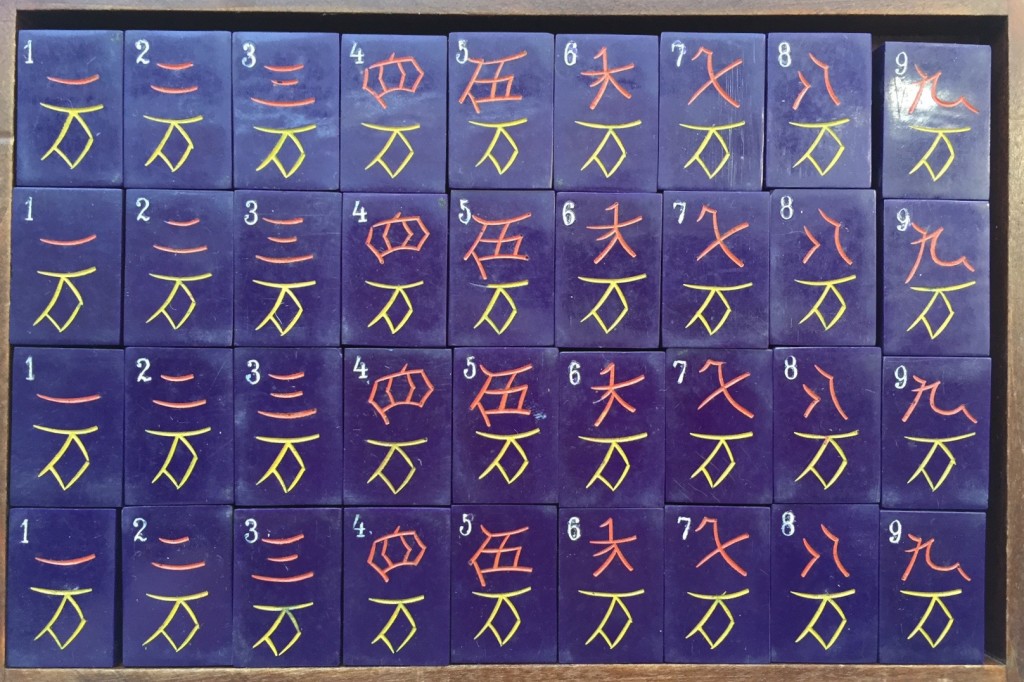Happy 4715, the Year of the Fire Rooster.
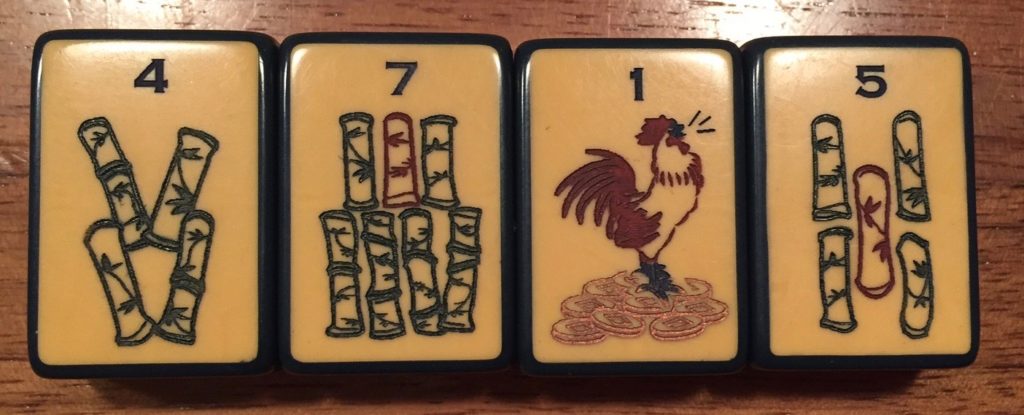

In China there are 12 signs of the zodiac, and five elements can modulate each sign. The elements are metal, water, wood, fire, and earth. This year we have the Fire Rooster. People born this year are said to be strong-willed, leaders, and organized. They get things done, but they are not always considerate of the feelings of others.
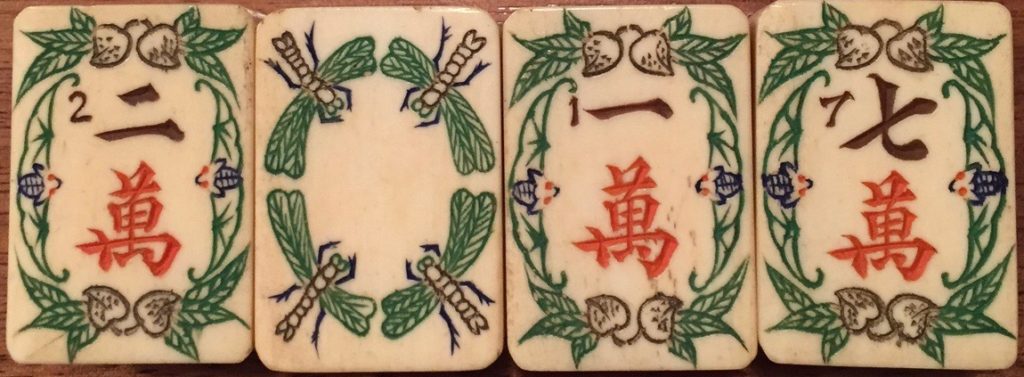
In our calendar, 2017 is an important year. One hundred years ago, in 1917, according to legend, Joseph P. Babcock saw Mahjong being played. Babcock was working for Standard Oil and living in Soochow. As the story goes, he was on a ship on the Yangze River when he heard a lot of noise and laughter. He went to investigate, and found crewmen playing a mysterious game with tiles. Babcock spoke fluent Chinese, and he quickly learned how to play the game. He is credited with being the first person to realize the game might be a hit with the foreign market. He joined with others to form the Mah-Jongg Sales Company. Babcock added Arabic numbers and Western letters to the tile sets, so that Americans and Europeans could understand which tile was which. He also may have been the one to come up with the concept of "dumbing down" : thinking the Chinese rules and scoring were way too complicated for the non-Chinese market, he simplified everything. His version was printed in a little red soft-cover book which was enclosed in every set exported from China. A hard cover one was available for purchase.
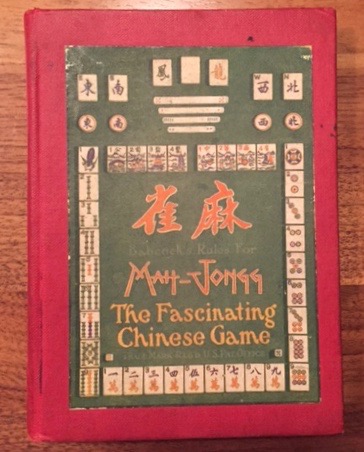
Babcock was at least partly responsible for helping to save a struggling Chinese economy. China had a very difficult time in the beginning of the 1900s, which allowed for the overthrow of the last Emperor of China, and the establishment of The Republic of China in 1912. The new republic continued to have a "challenging" economy, but Mahjong helped to save the day in the 1920s.
Reader Paul J. sent me a wonderful article from a monthly newsletter published in 1924, and some of that information appears here. Mahjong is credited for helping Chinese employment numbers, and exports. In 1921, China exported 6,305 HK Dollars worth of goods. In 1922, all exports totaled 198,000 HK Dollars. By 1924 it was predicted that mahjong exports alone from China would account for, drum roll please, 3,000,000 HK Dollars!!!
Much of the credit for this world-wide craze was the brilliant marketing of the game. China in the 1920s was exotic and mysterious, and the admen took advantage of this. People at the Mah-Jongg Sales Company created wonderful lore, and wrote it in flowery phrases, pre-dating the J. Peterman catalog by 50 or more years. The MJSC catalog read:
What is it? This is the universal question found on the lips of everyone who has not yet been initiated in this fascinating game of the hour.
Mah-Jongg is our registered Trade Marked name of a game, an ancient Chinese game, and about it clings all the lure of the Orient. A game as fascinating to the Occident as are the rich silken and embroidered garments of the ancient courts of China.
Since the days of the great teacher Confucius, this ANCIENT HONORABLE AND ROYAL GAME has been handed down from generation to generation.
At the time when Babylon the Great was mistress of the Western World, long before the days of the Roman Empire, this marvelous game fascinated the cultured Chinese with the click of its ivory tiles and its “Pung” and “Chow.”
What better way to celebrate this Chinese New Year than to ring it in with symbols of good luck?

I was lucky enough to buy an Inaugural Friendship box from Pearl River Mart (pearlriver.com). The box includes:
Rooster charms to help people tap into traits associated with the sign
Red Envelopes used to gift hard cash (or maybe chocolate coins)
Lanterns, the end of the 15 day celebration: the full moon. The moon symbolizes the return of spring and the reunion of family.
Lucky snacks: ginger for longevity, and sweets for a sweet new year. Not included: tangerines (because the Chinese word sounds like the word for luck), peanuts and long noodles symbols of a long life.
The lucky cat with a beckoning paw is thought to bring good luck-the left paw attracts customers to a shop, and the right invites good fortune and money.
https://en.wikipedia.org/wiki/Maneki-neko
Here's hoping this will be a good year.
For some fun extra reading, you can see Time magazine online, complete with videos
http://time.com/4648981/chinese-lunar-new-year-rooster/
And a sweet blog:
https://www.pagodared.com/blog/2017/01/24/handle-year-fire-rooster/
Dee Gallo's work can be seen at Redcoinmahjong.com. The One Bam Rooster on the Money set is perfect for this Chinese year.
More about Babcock can be read on Michael Stanwick's website themahjongtileset.co.uk in the China to the West section.

